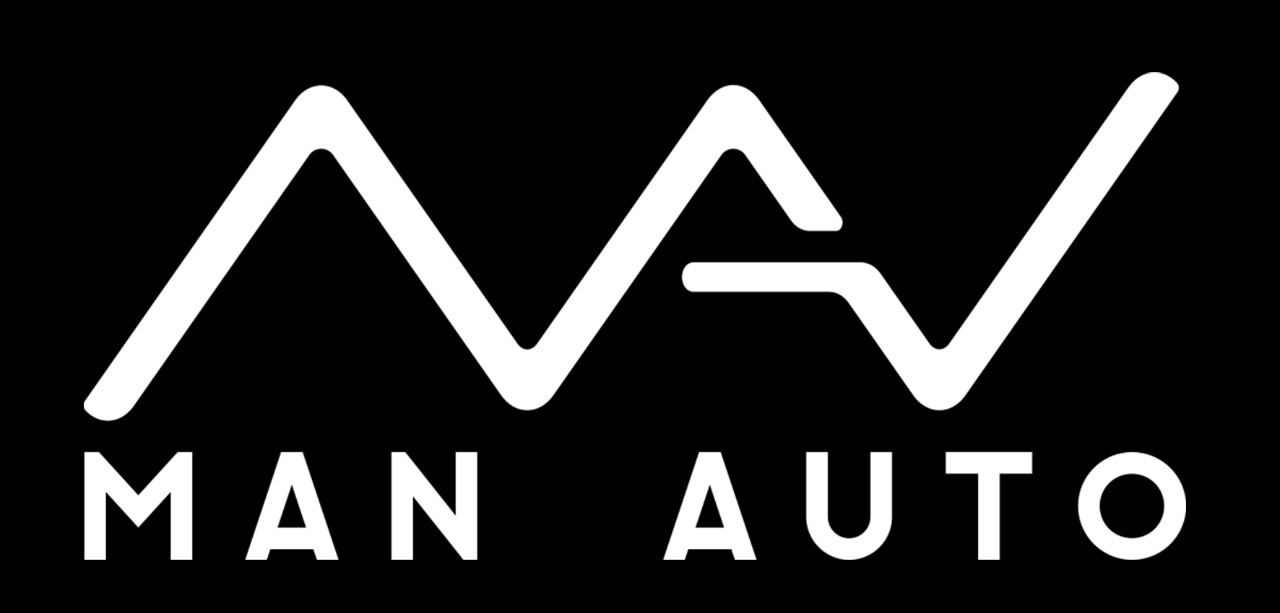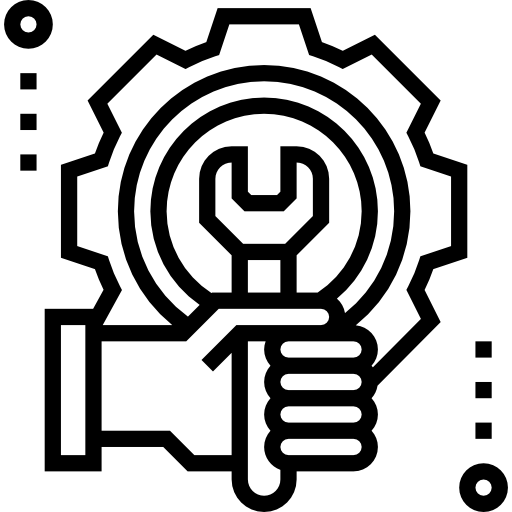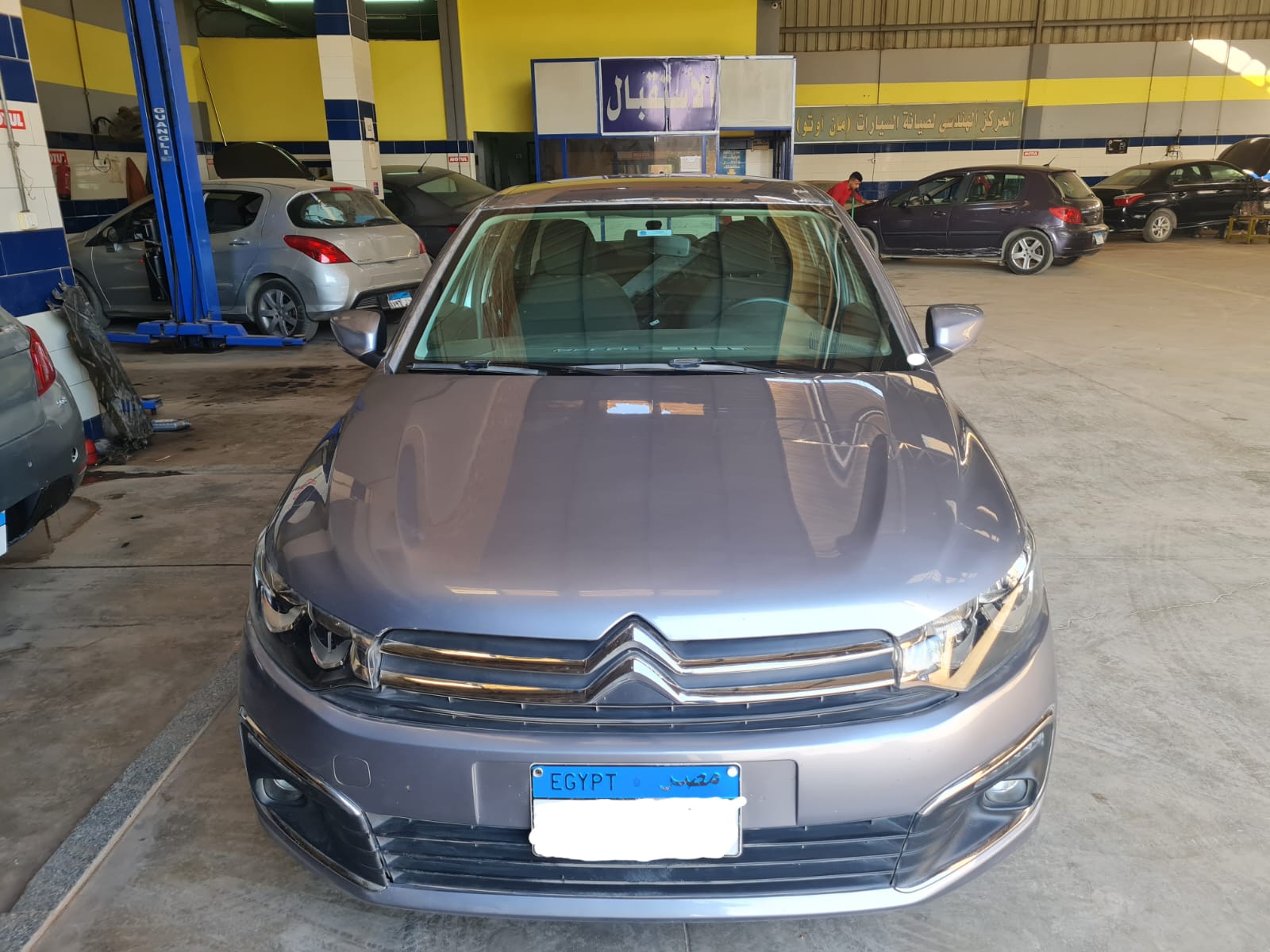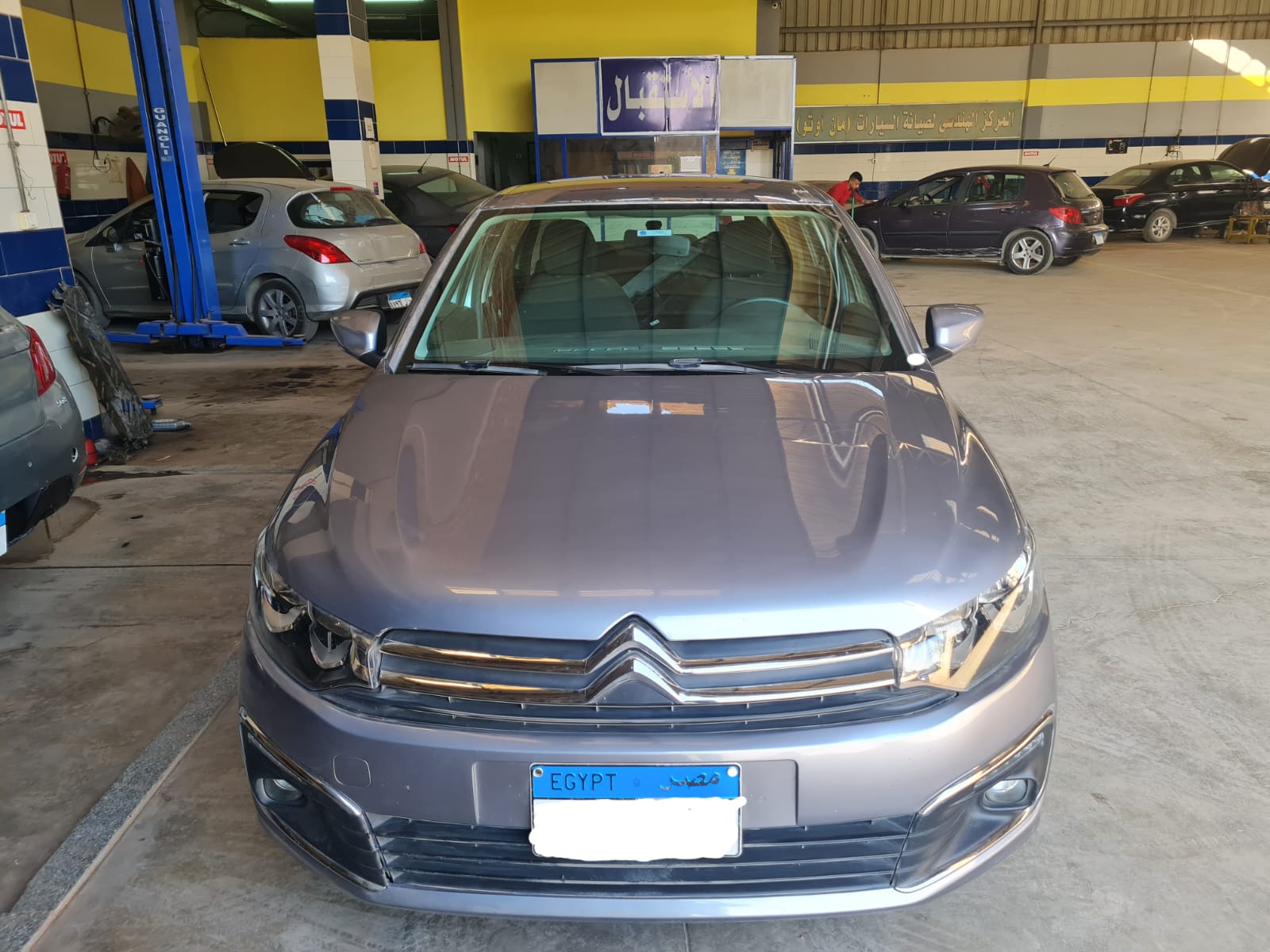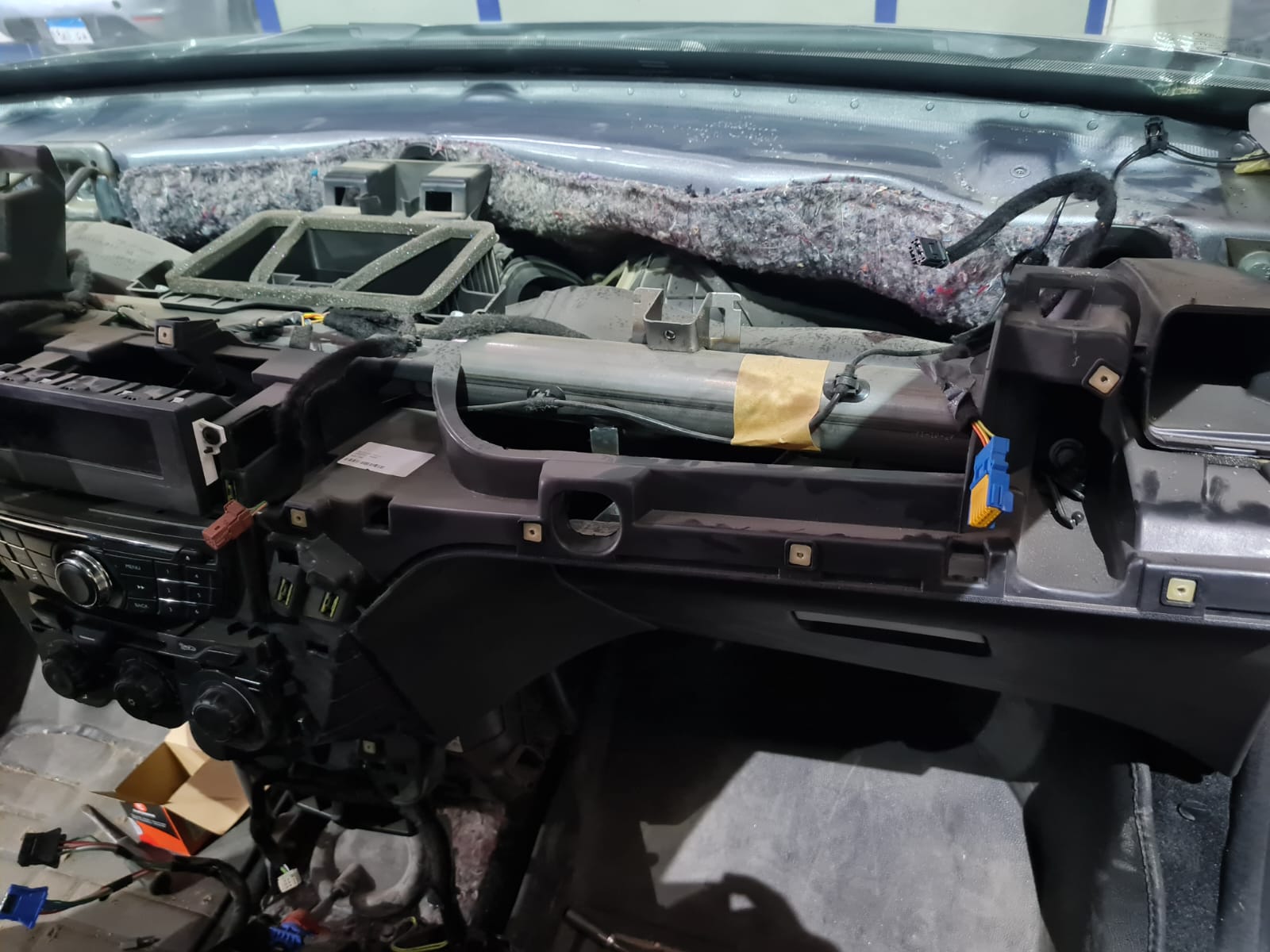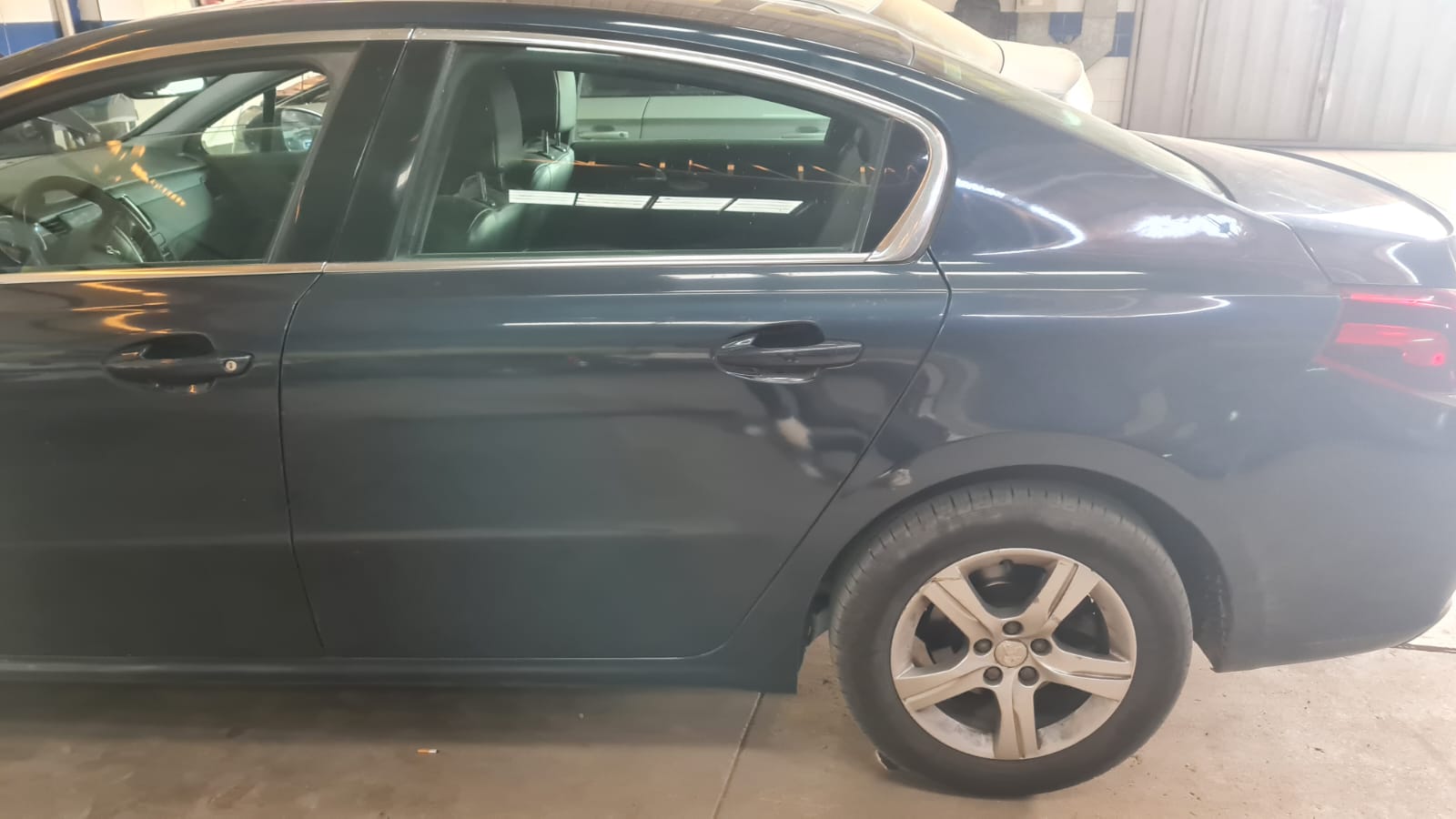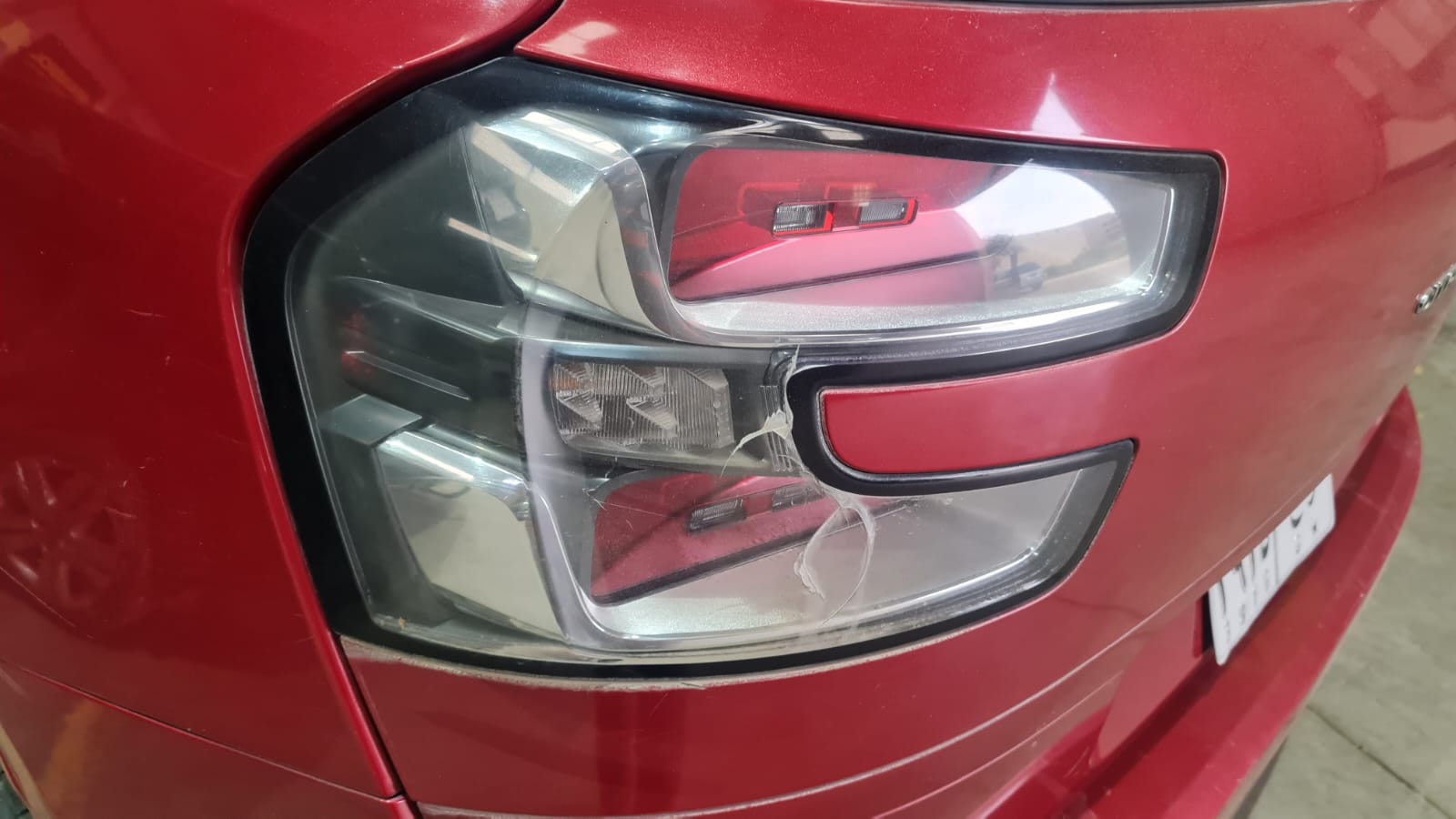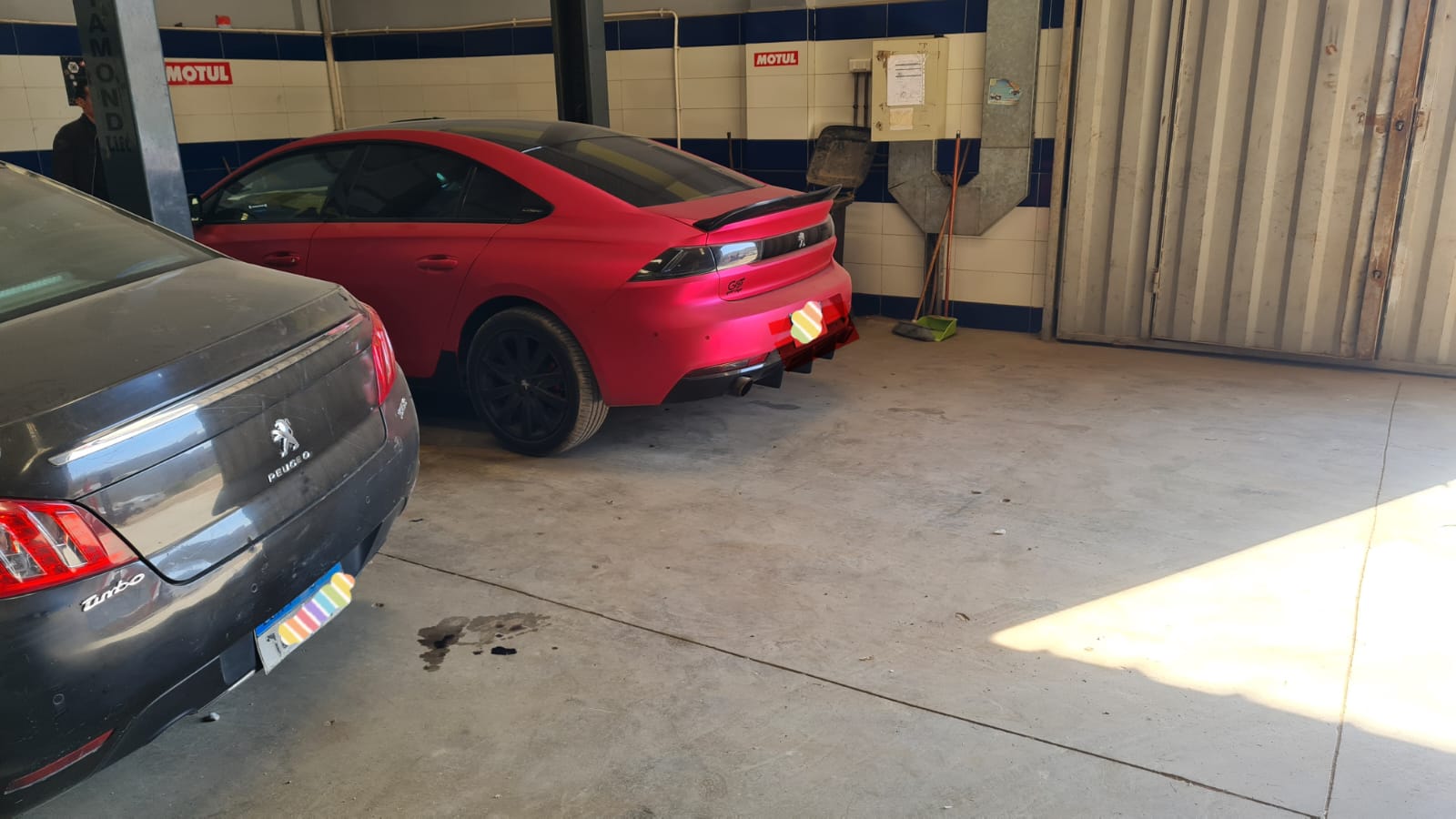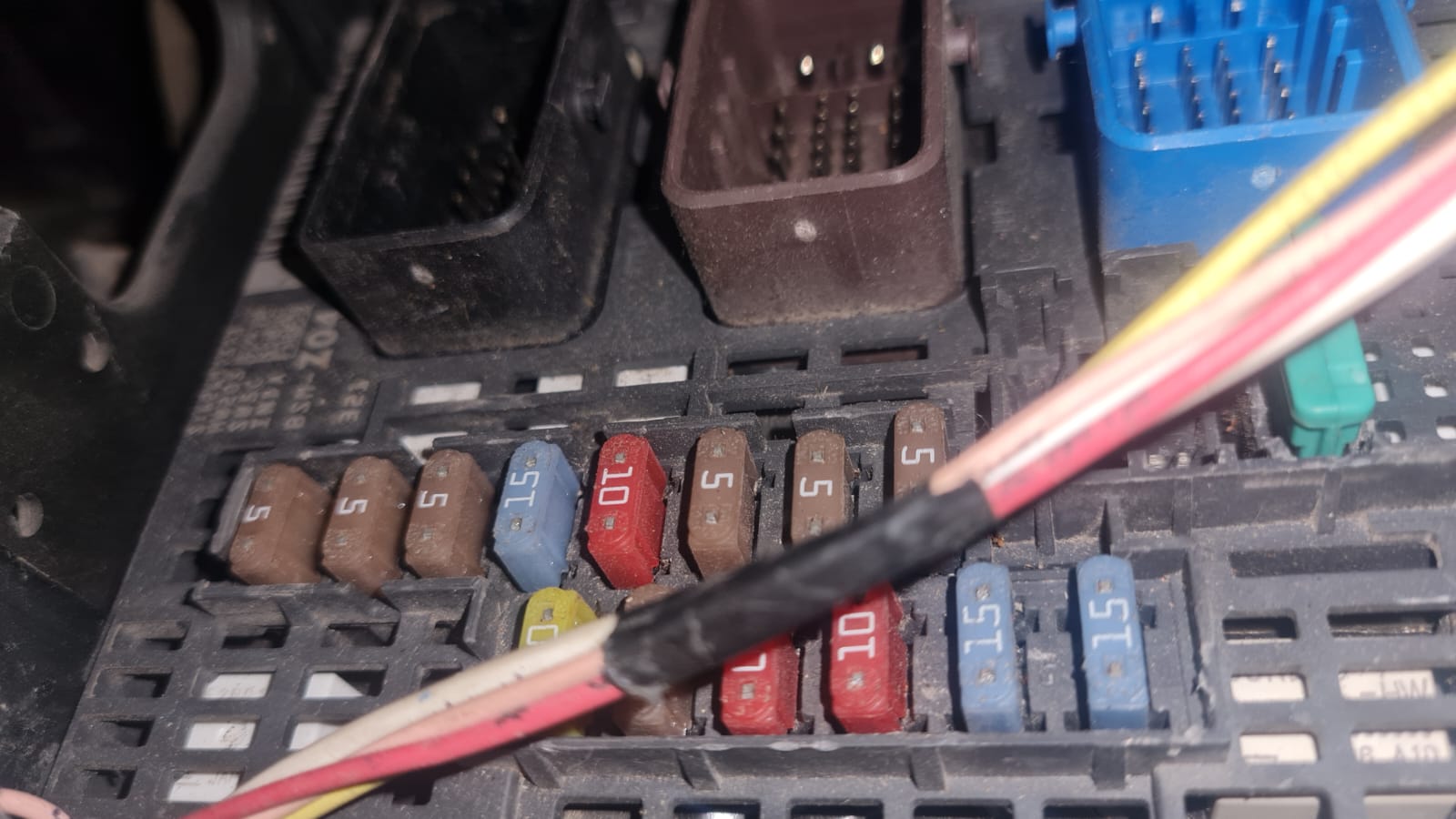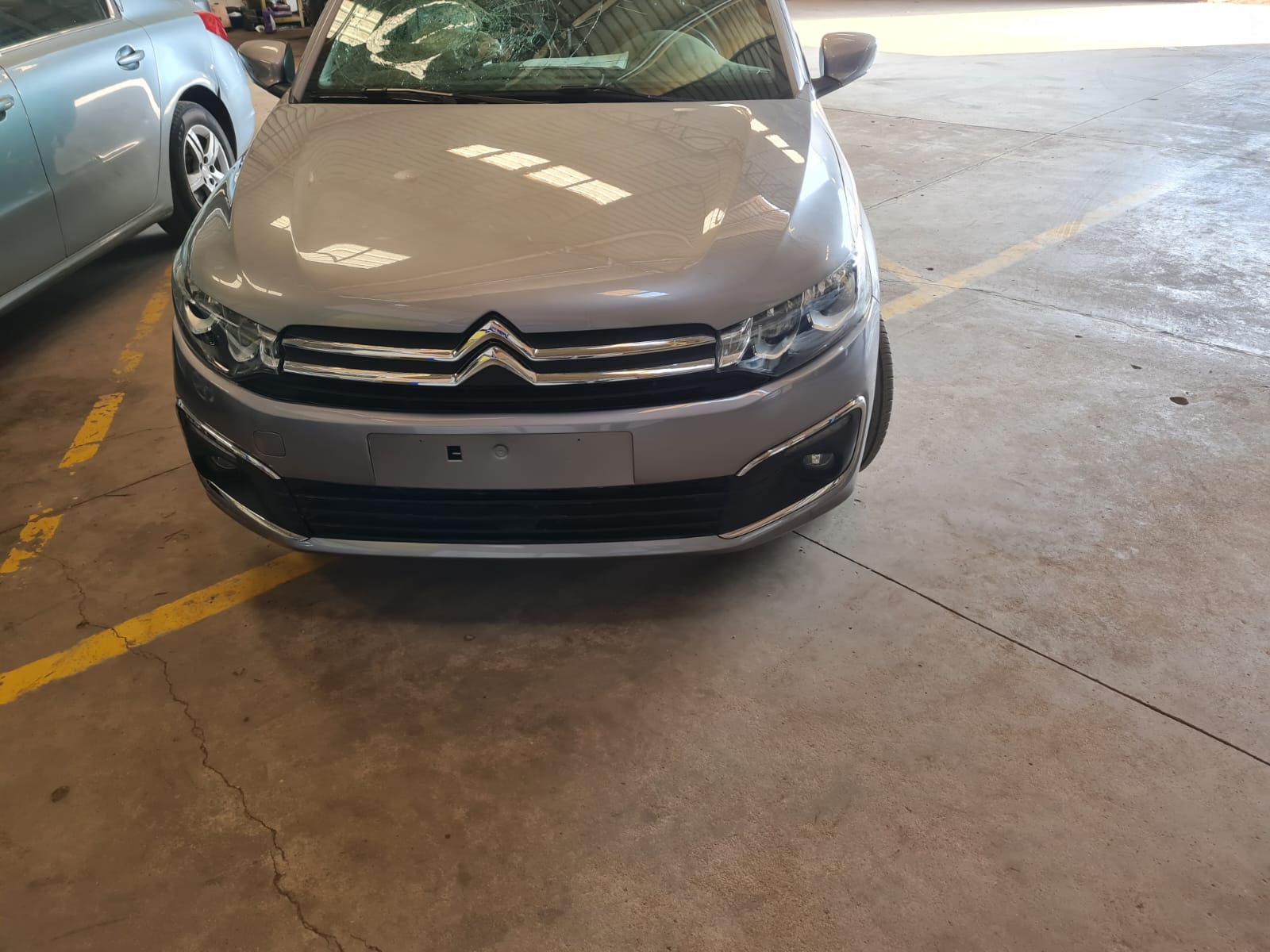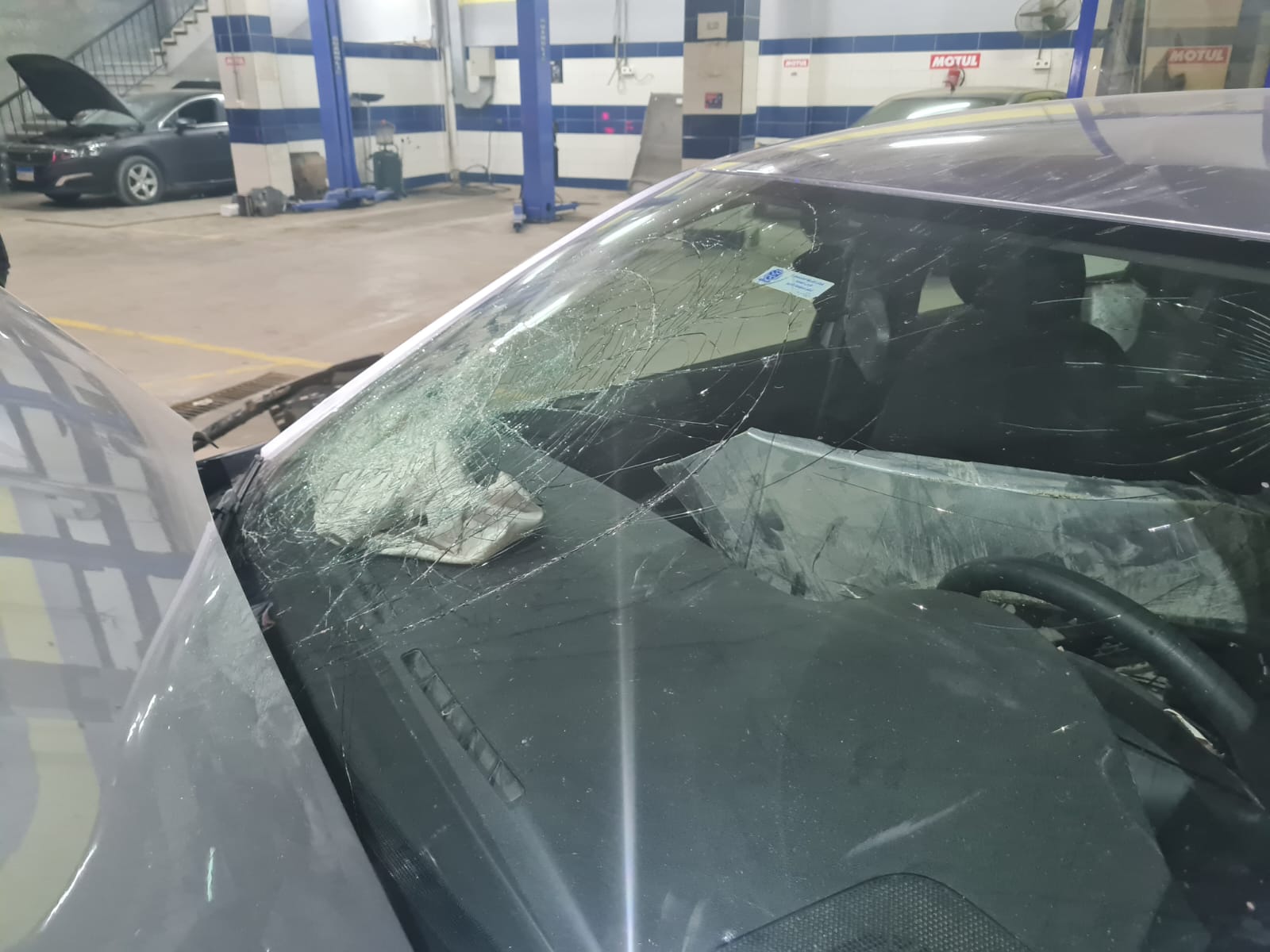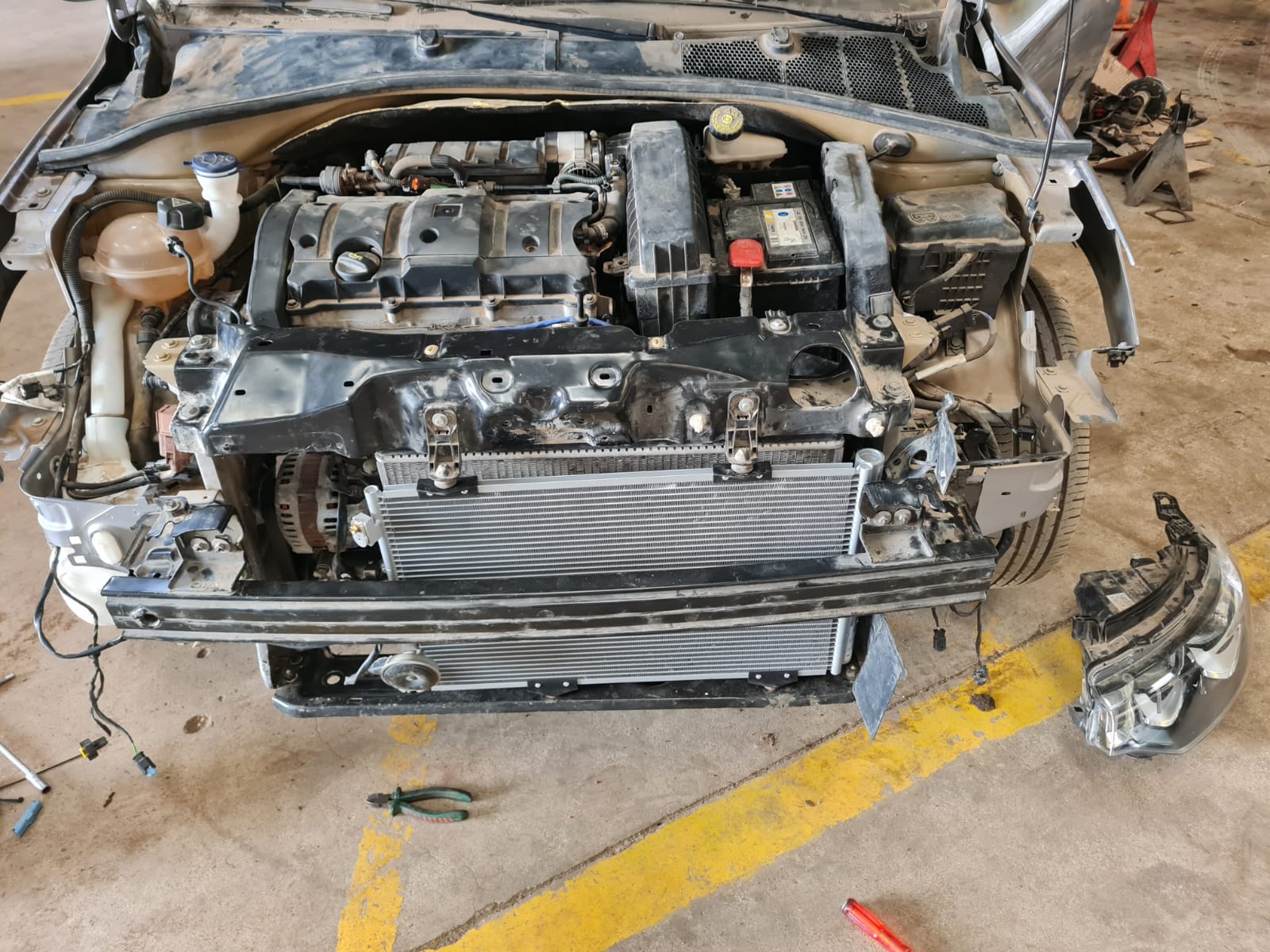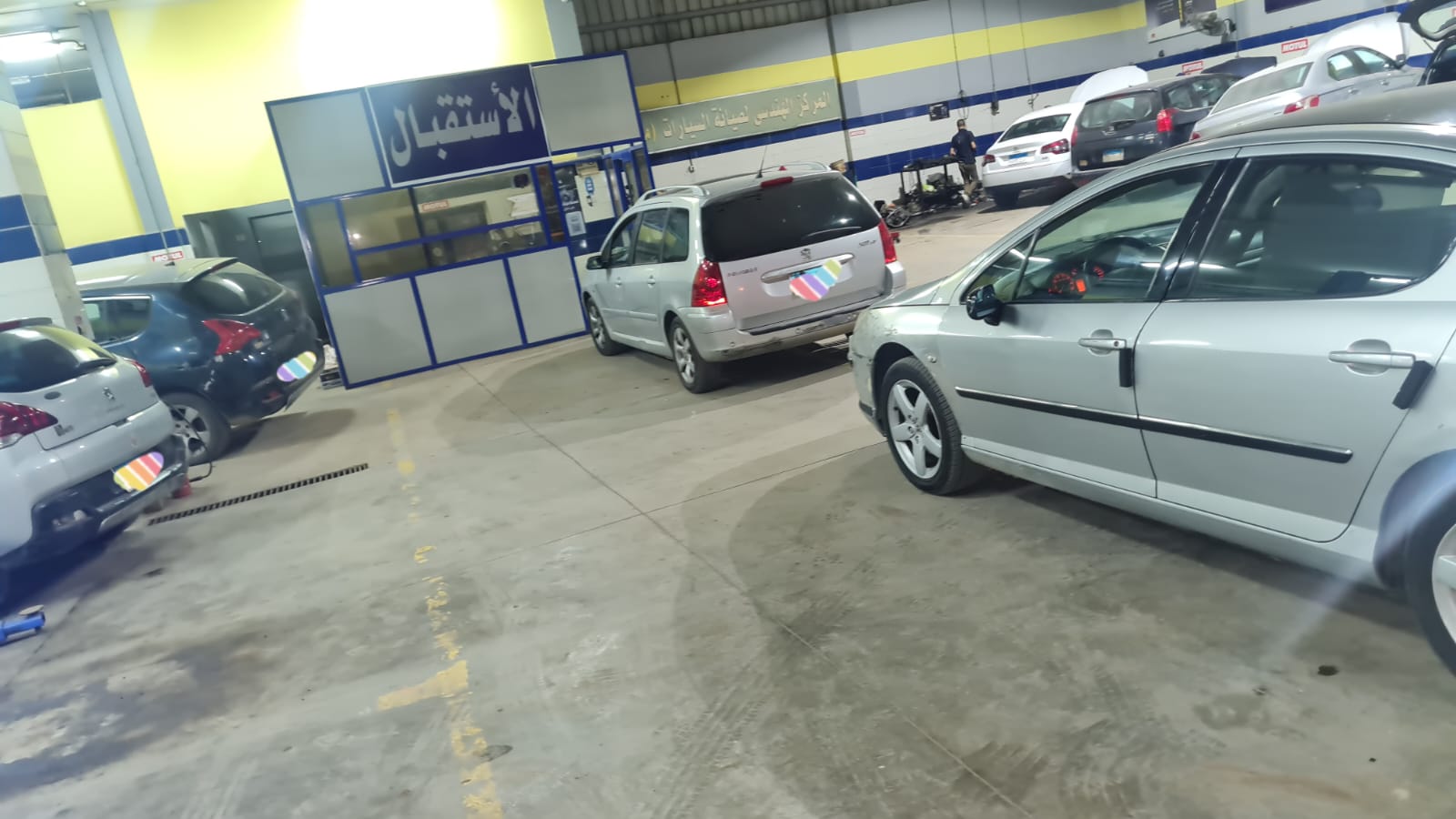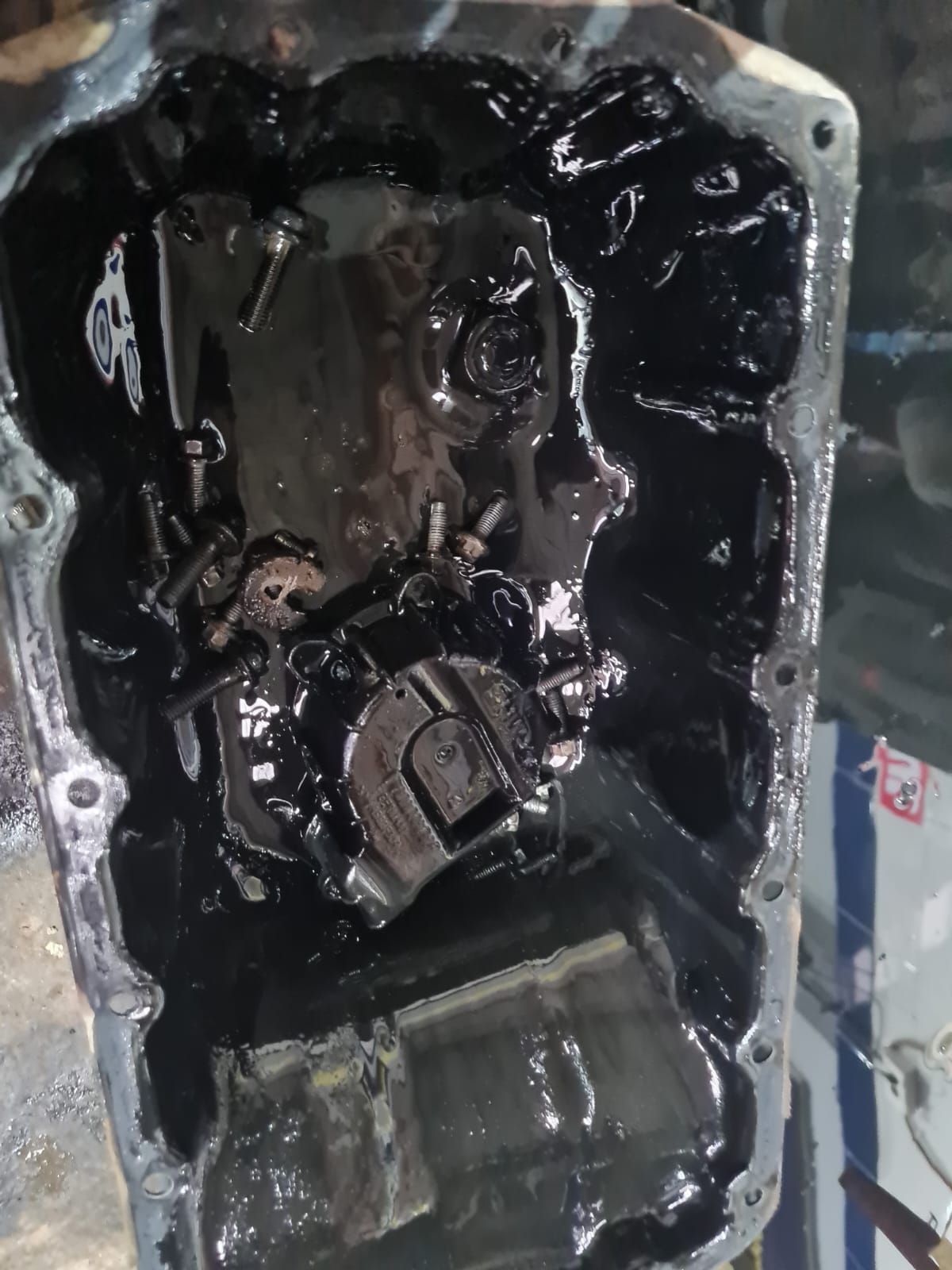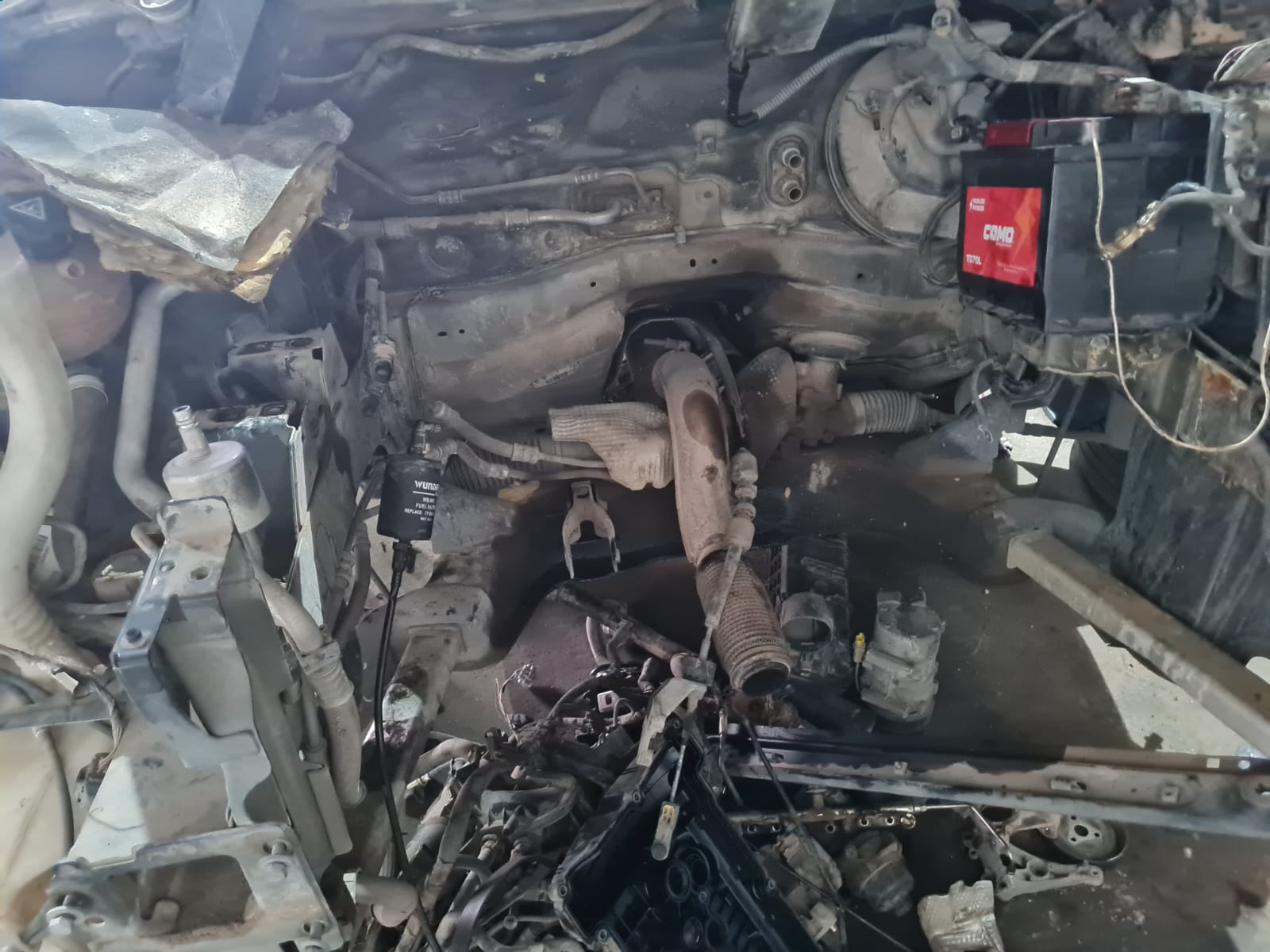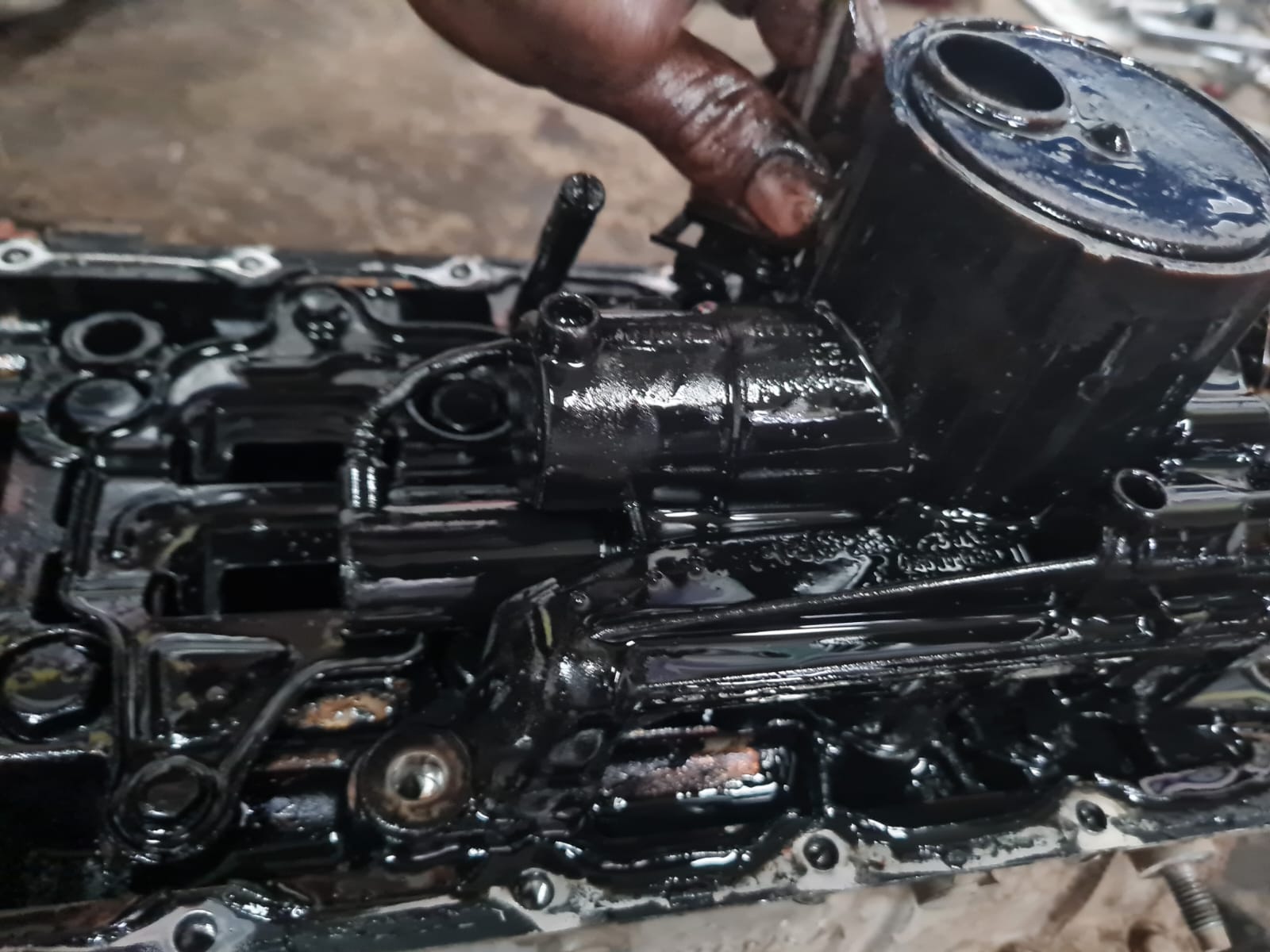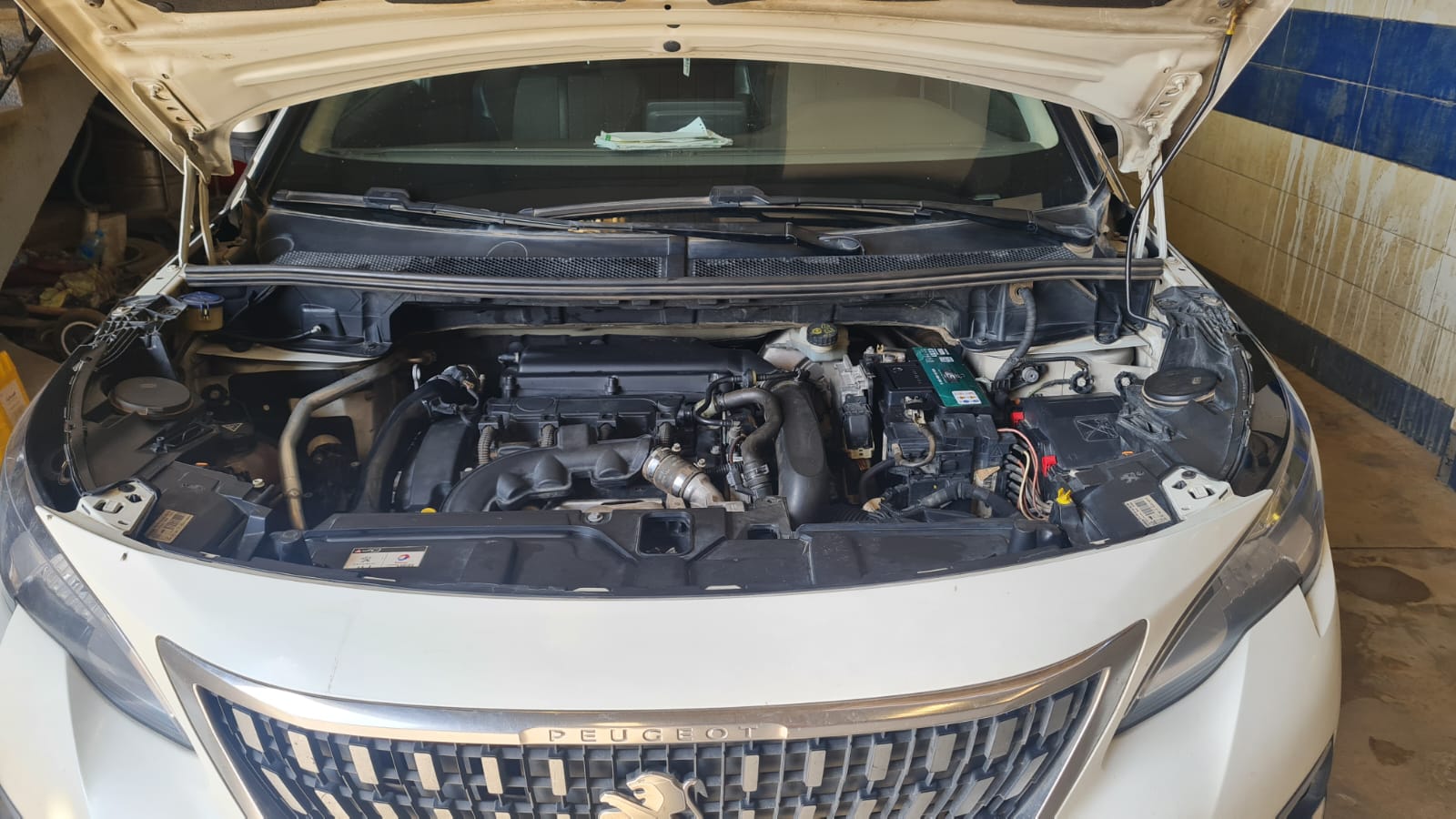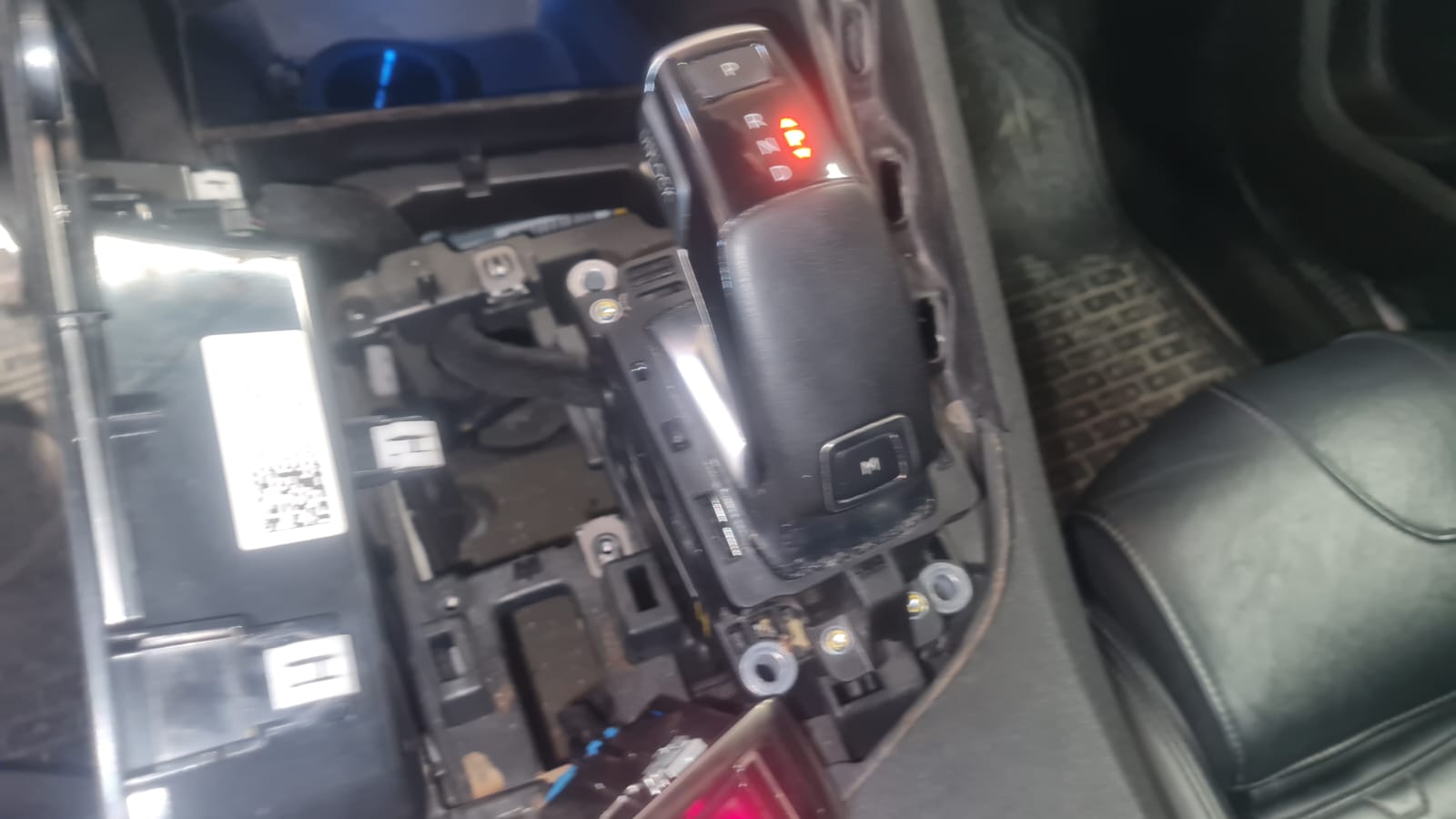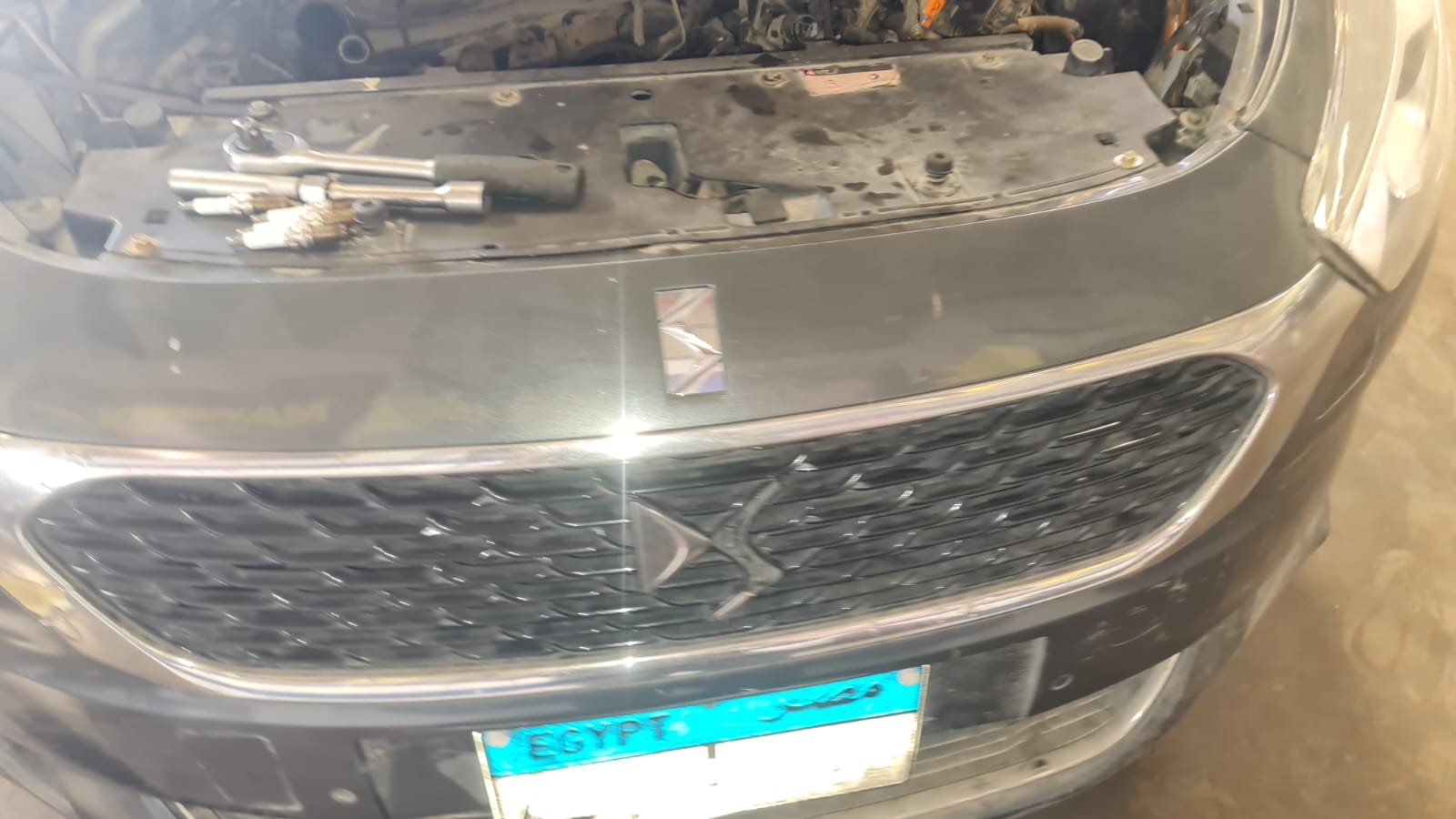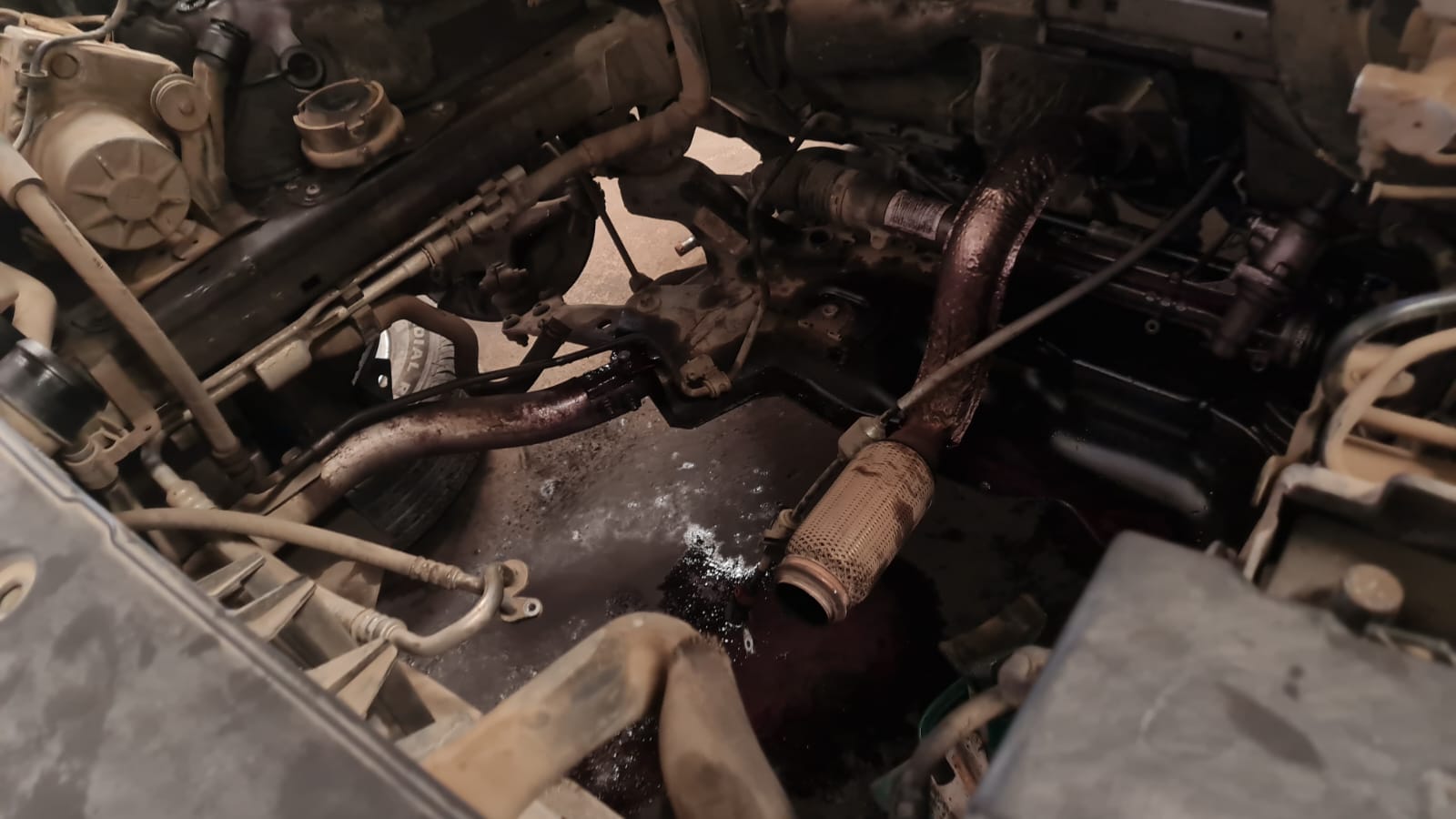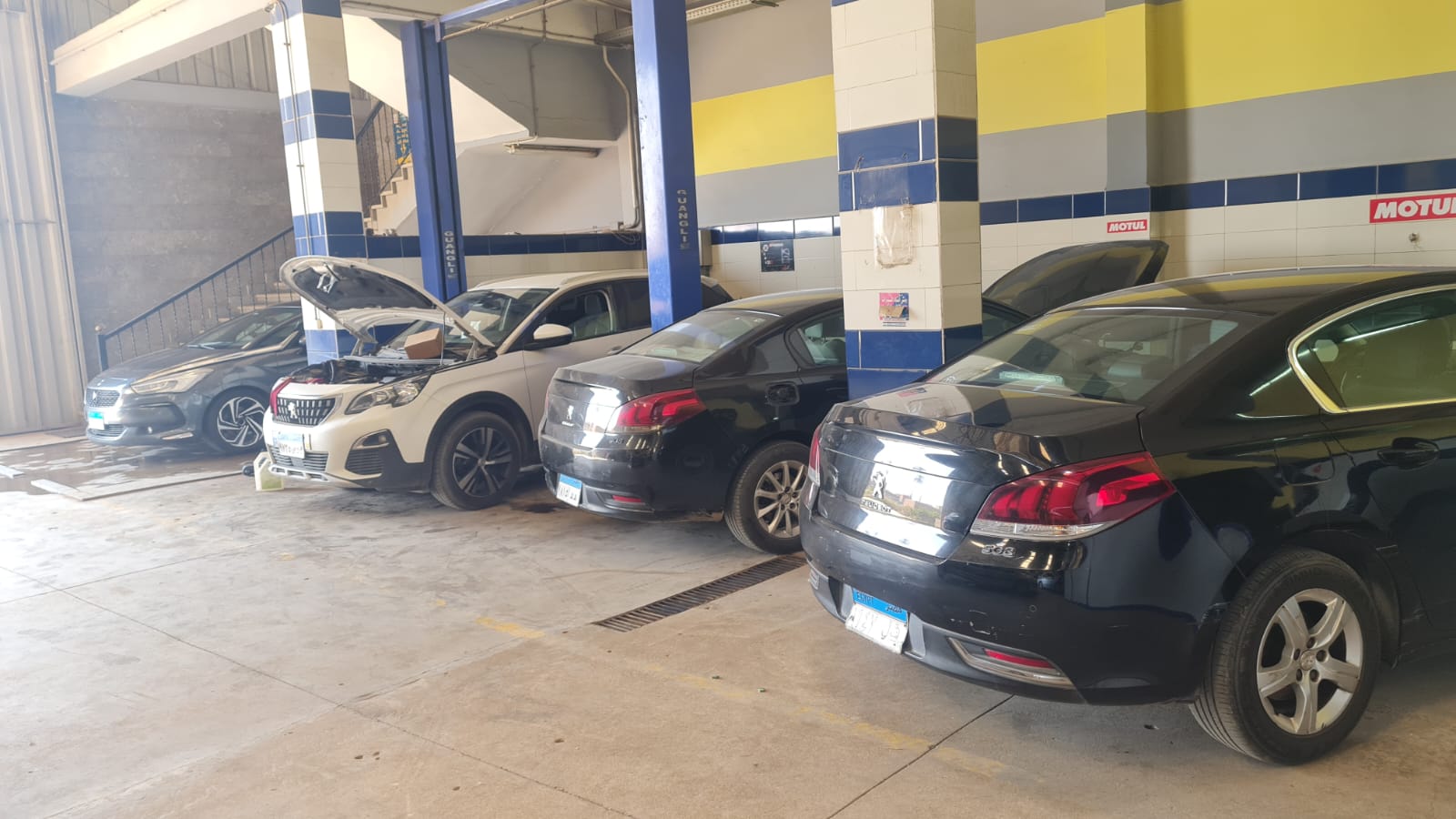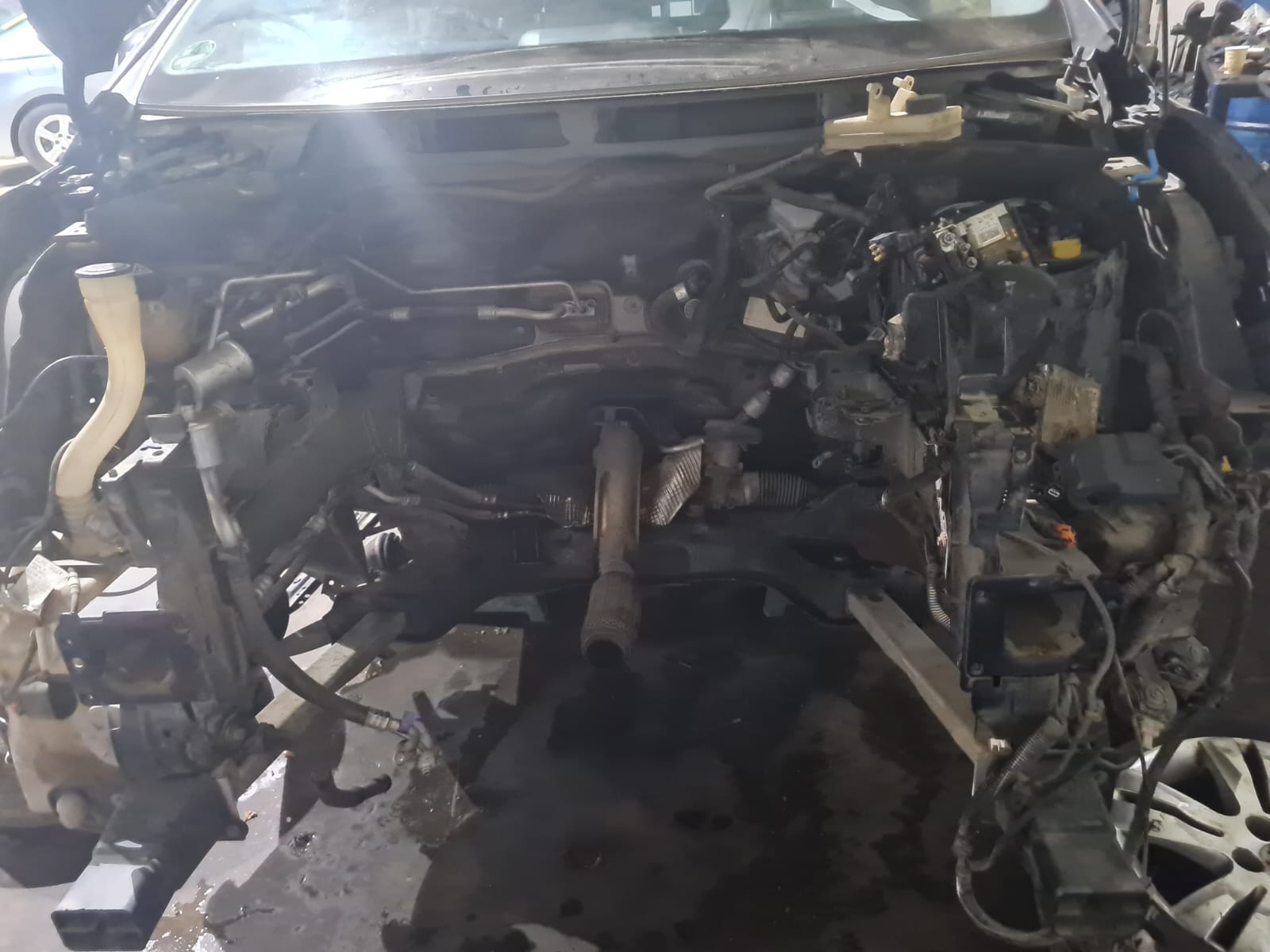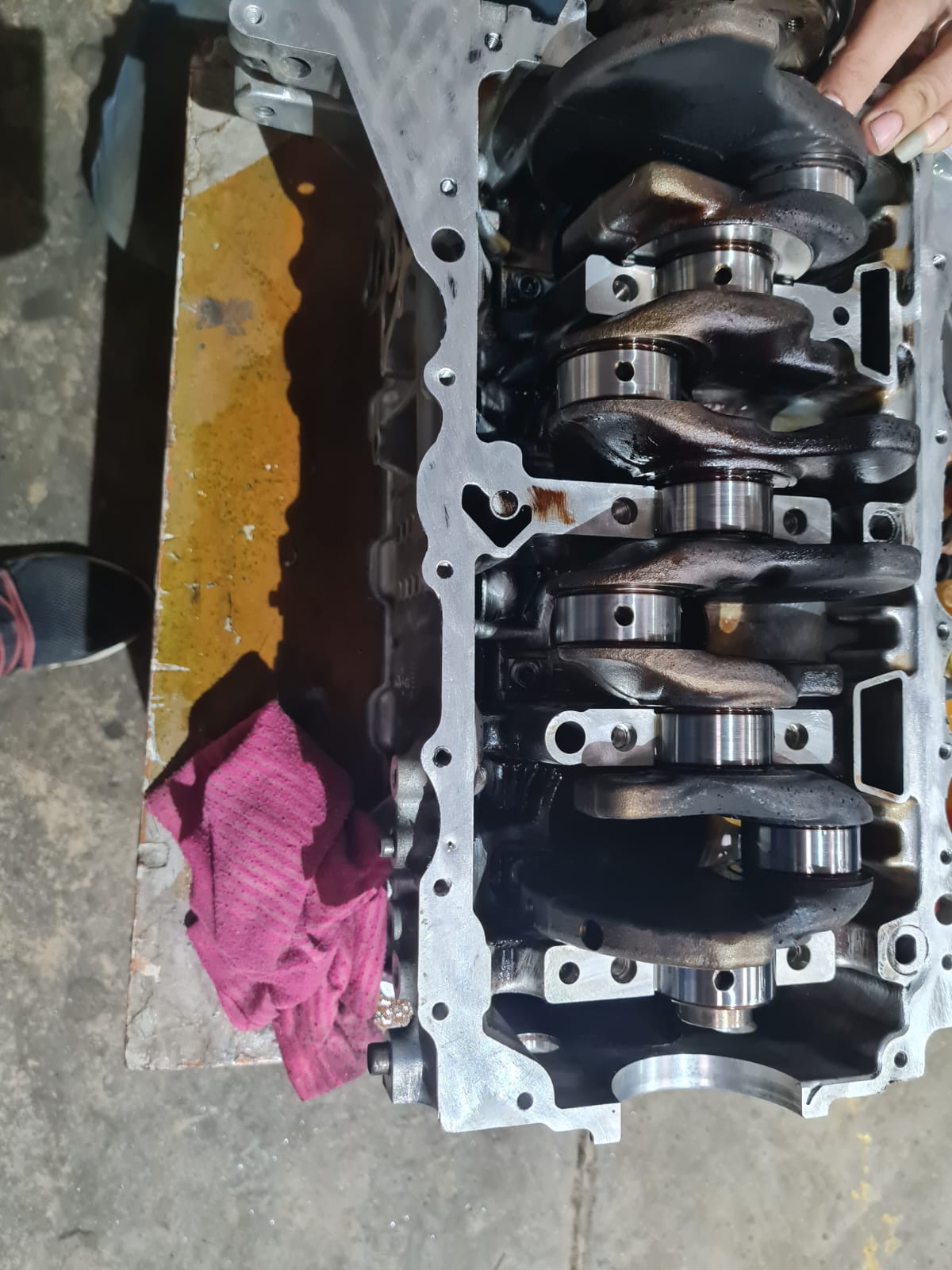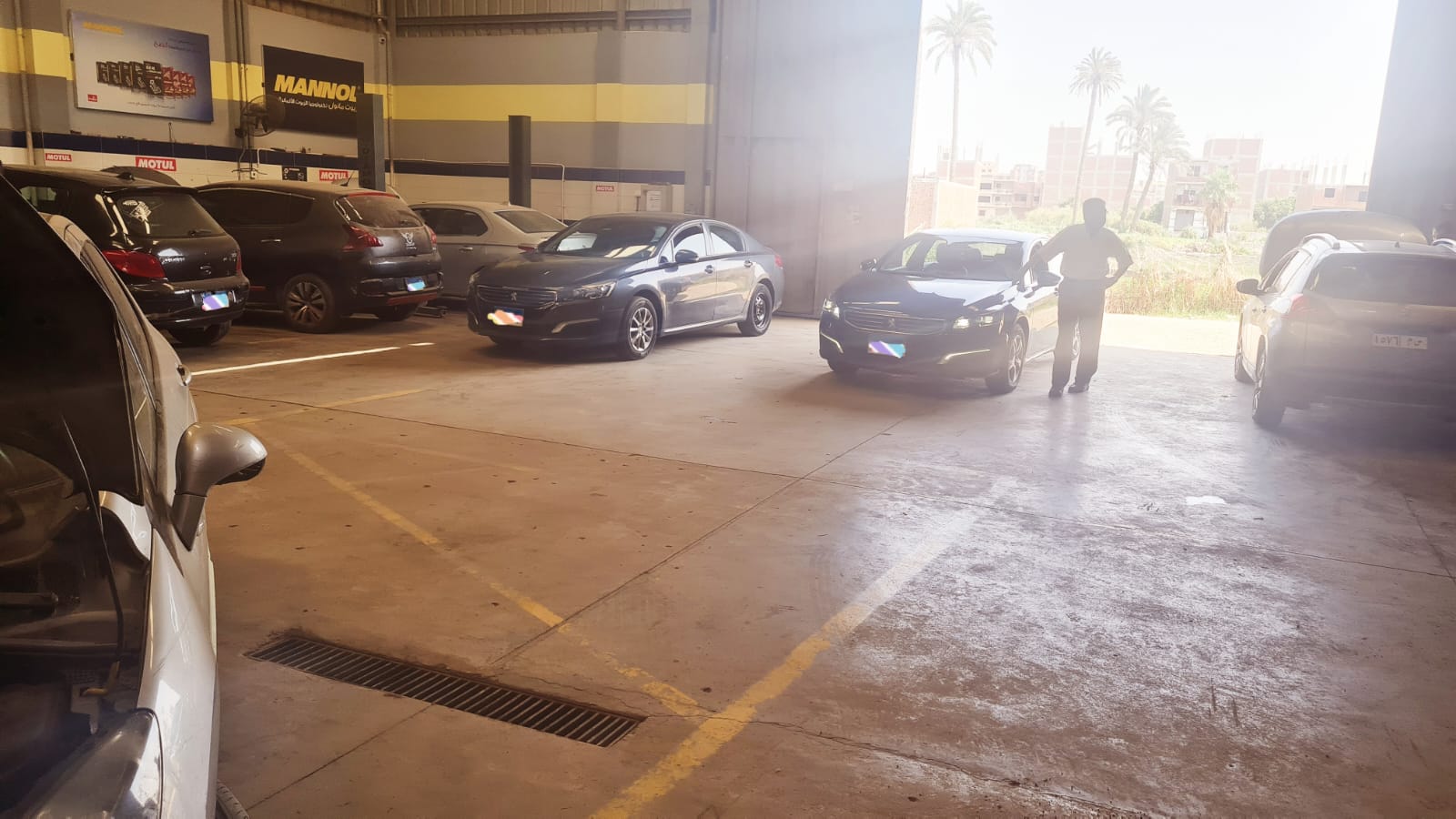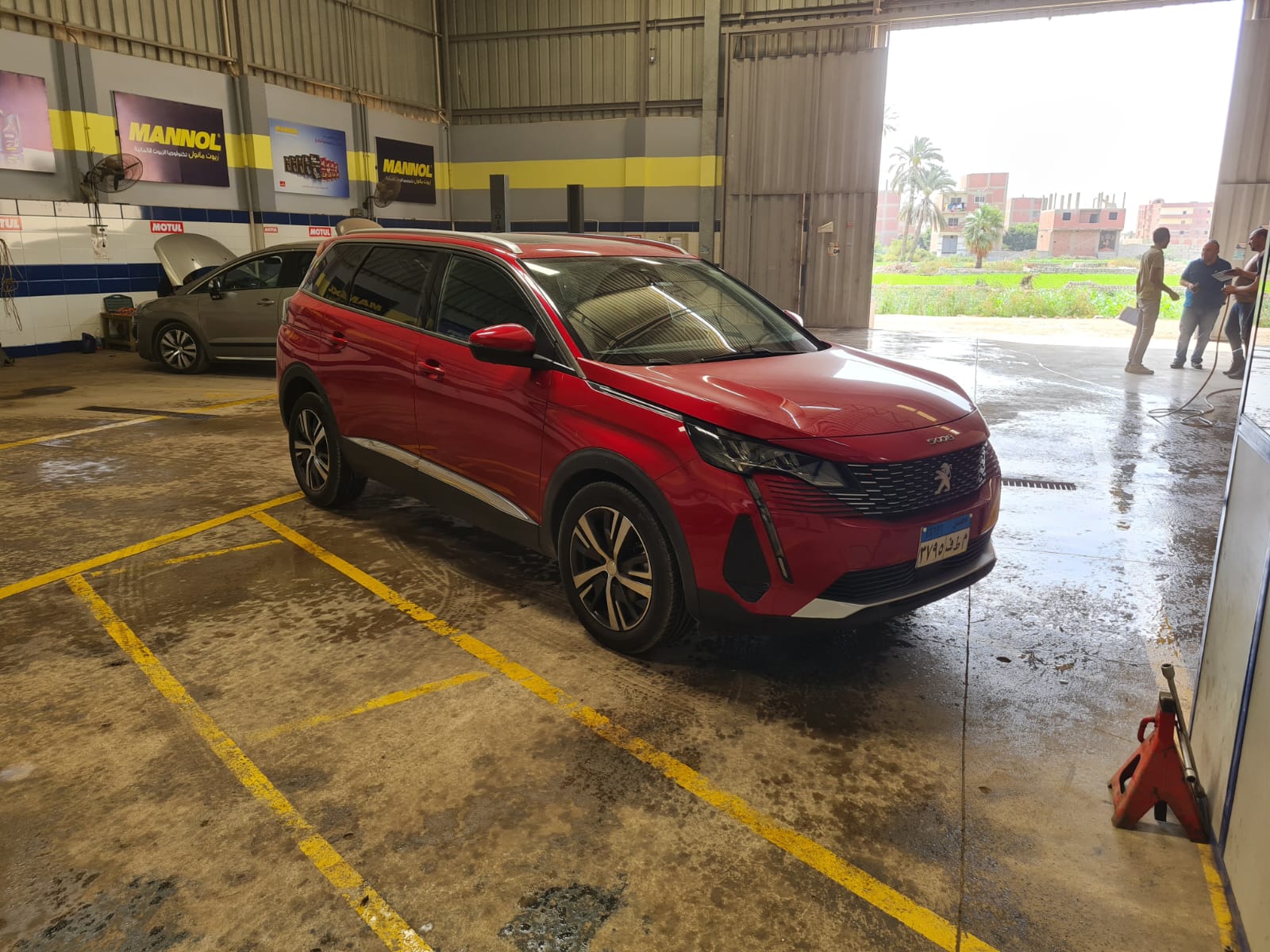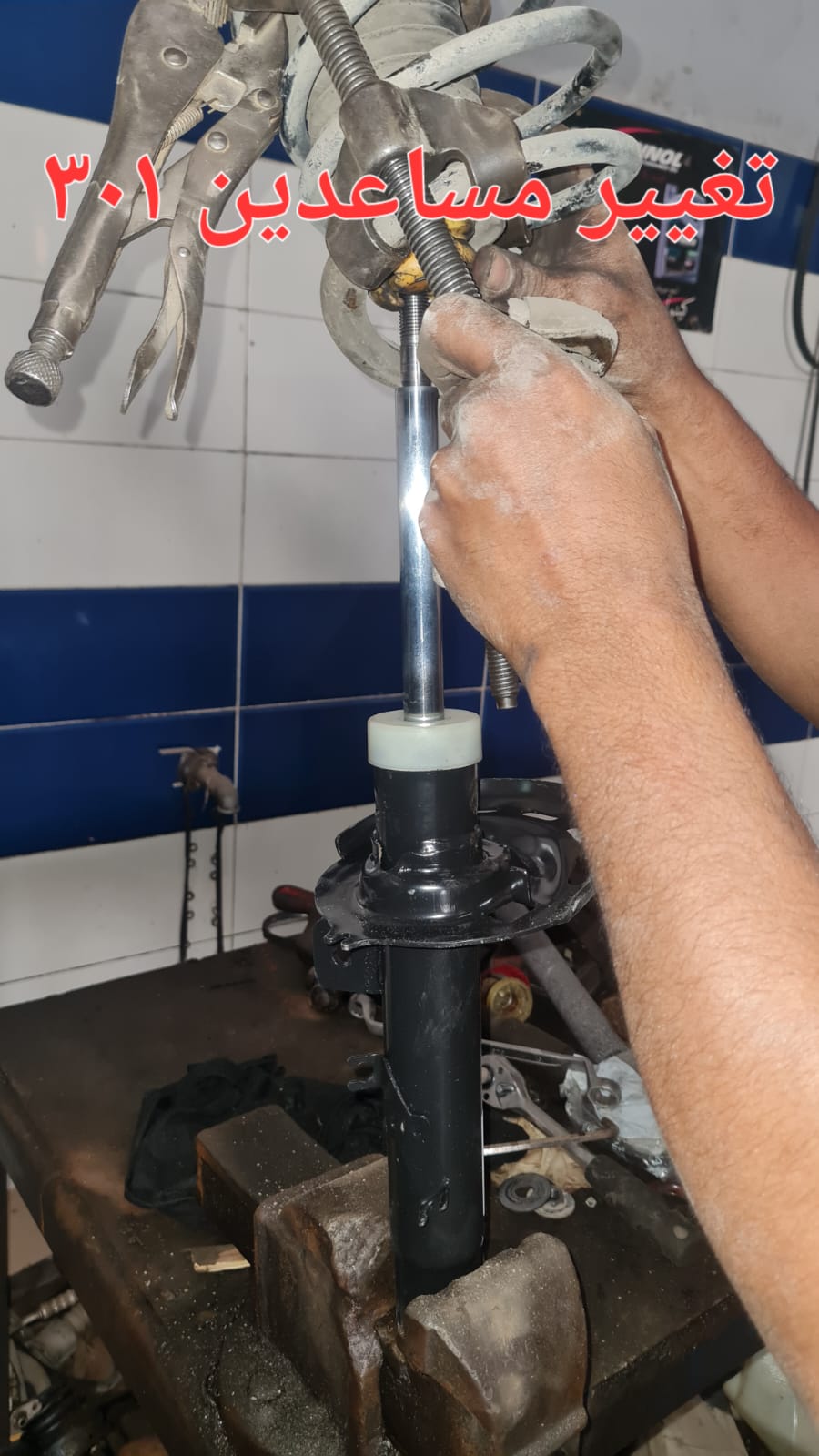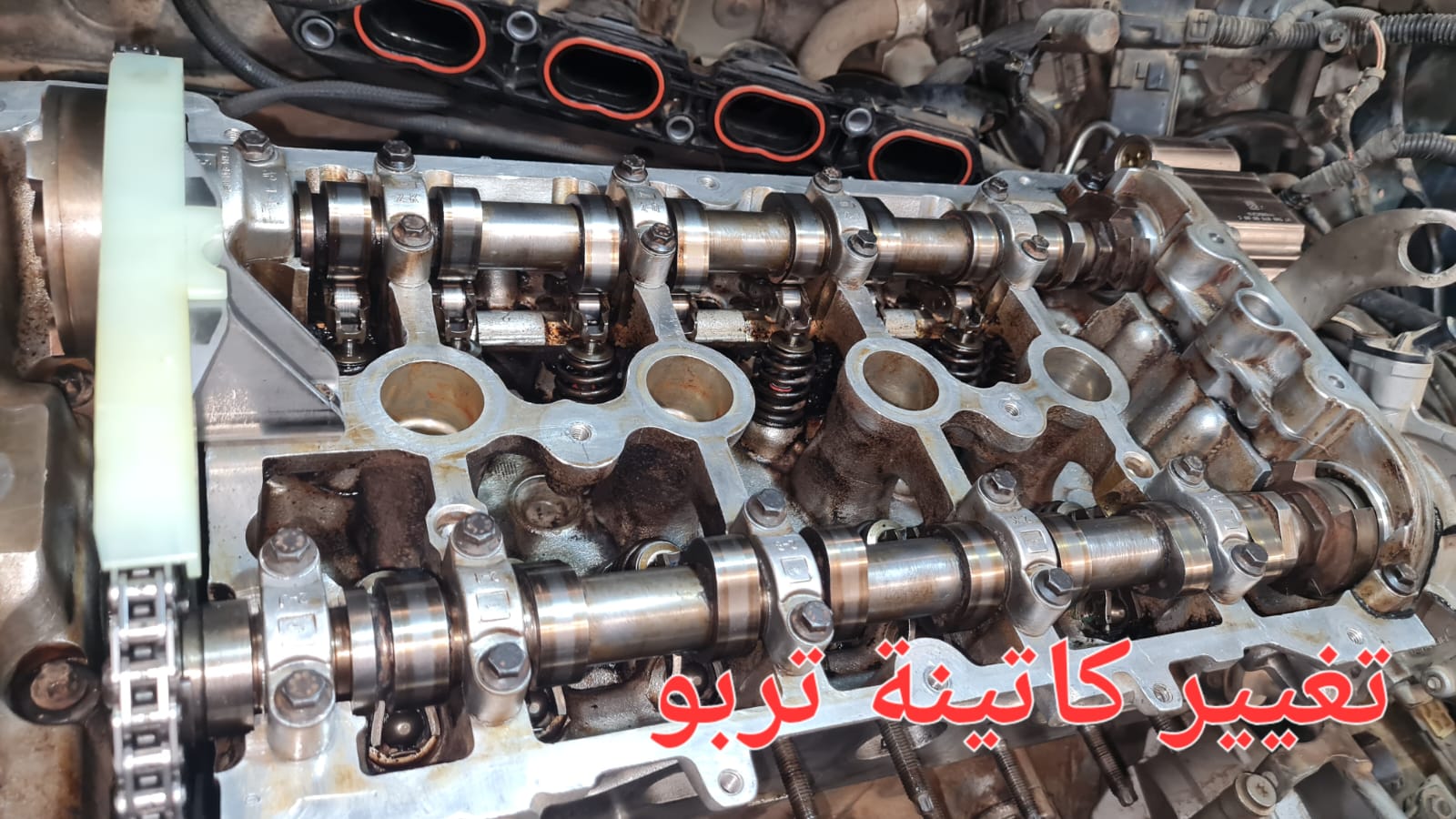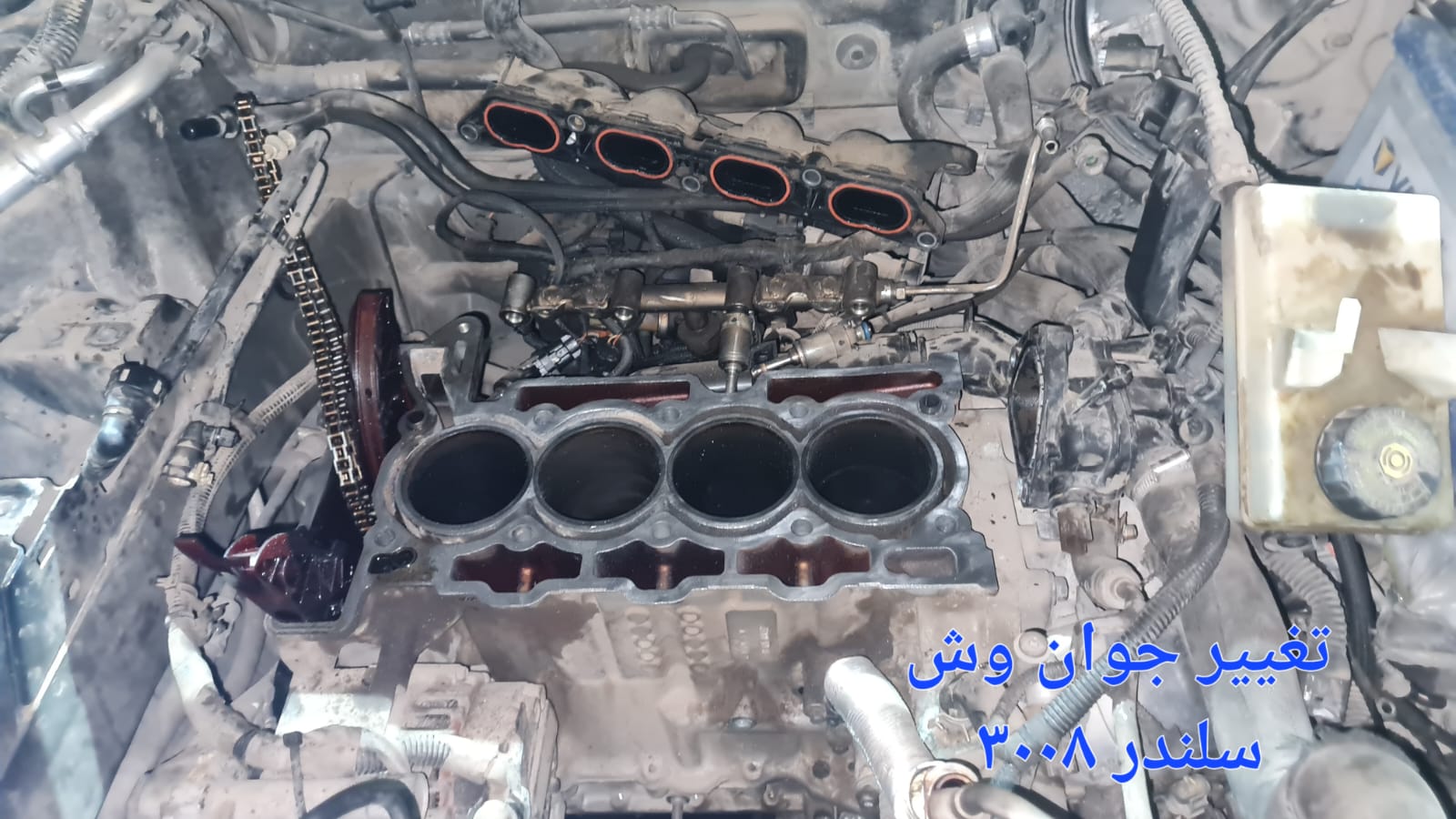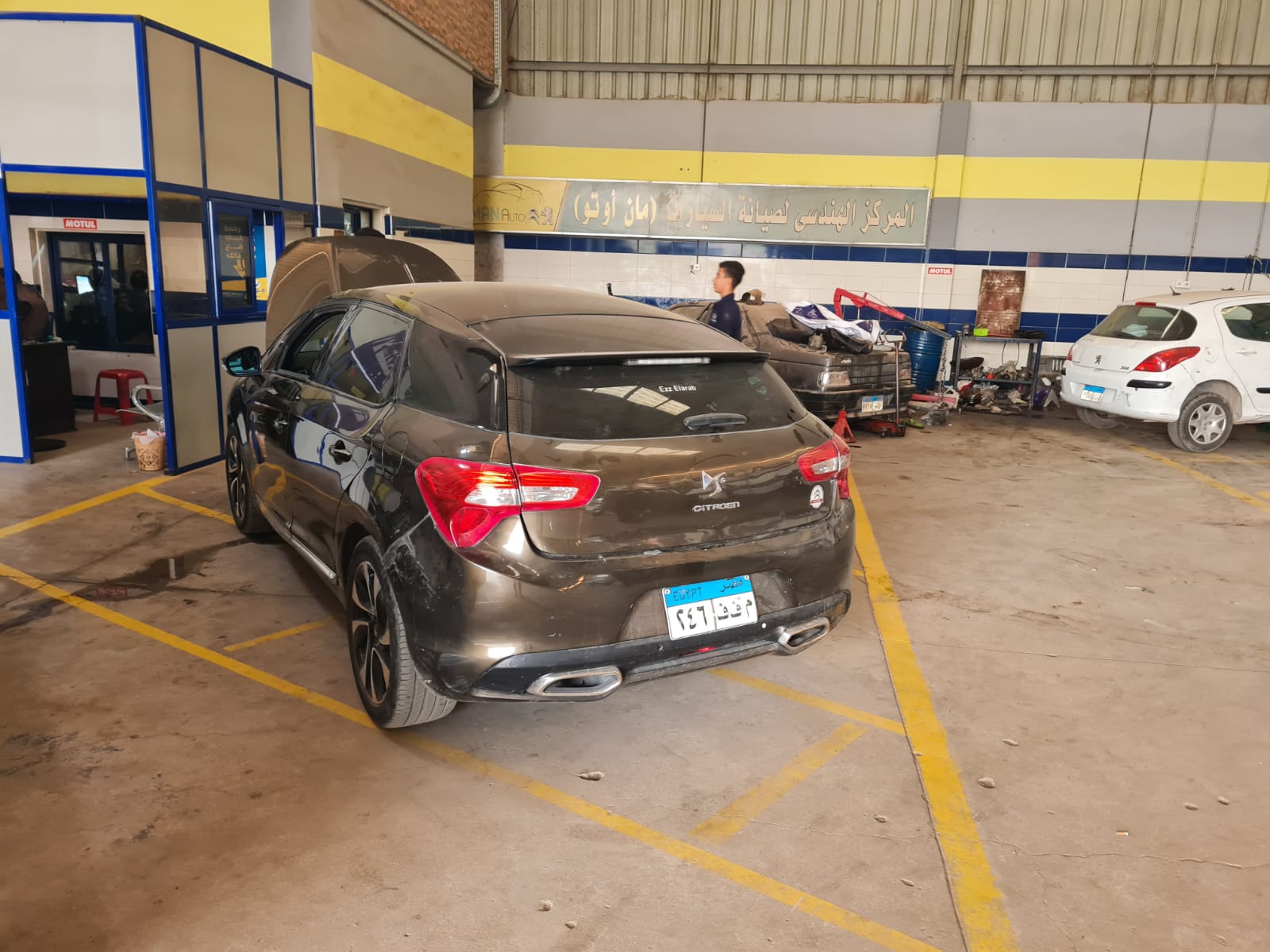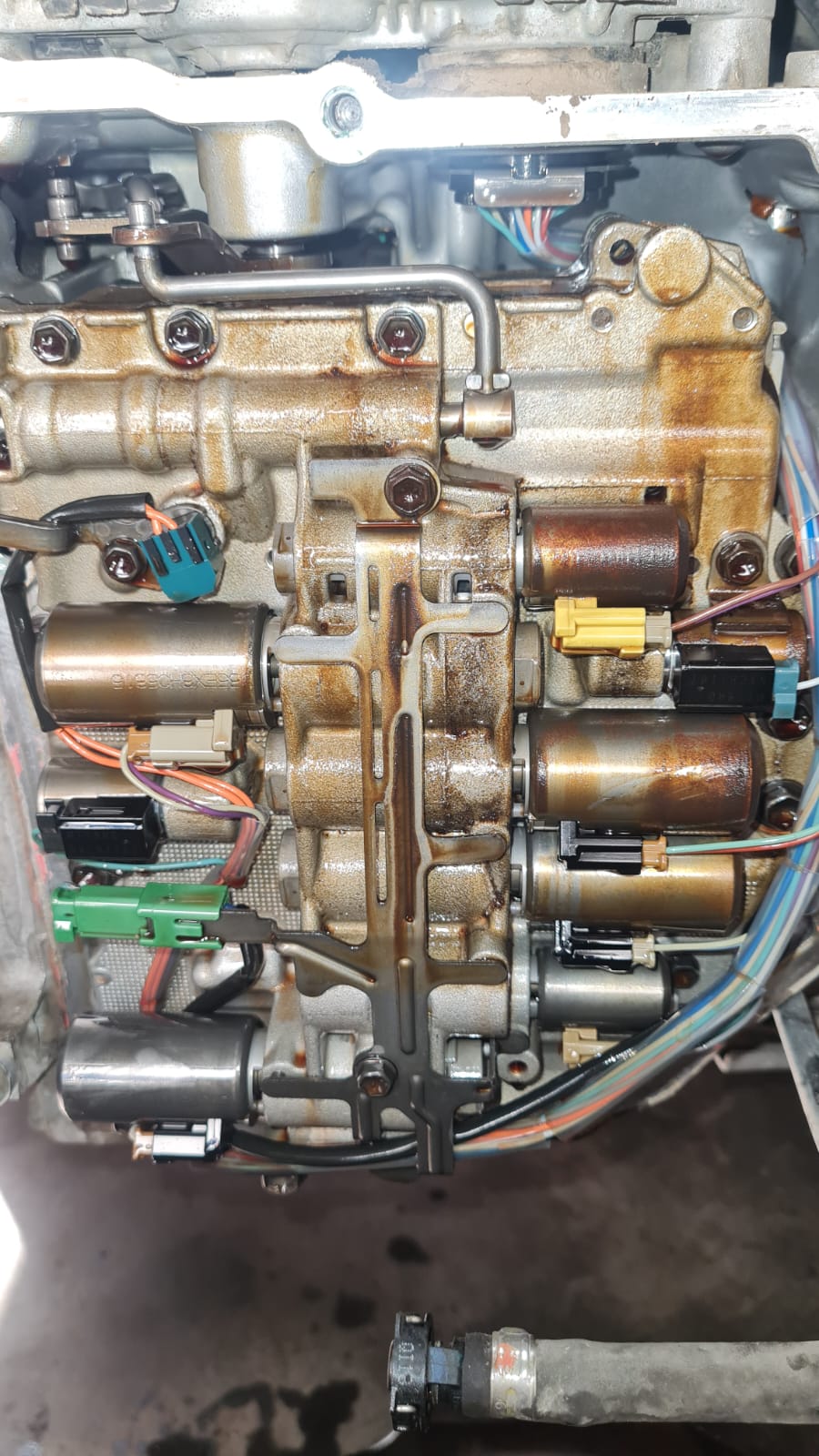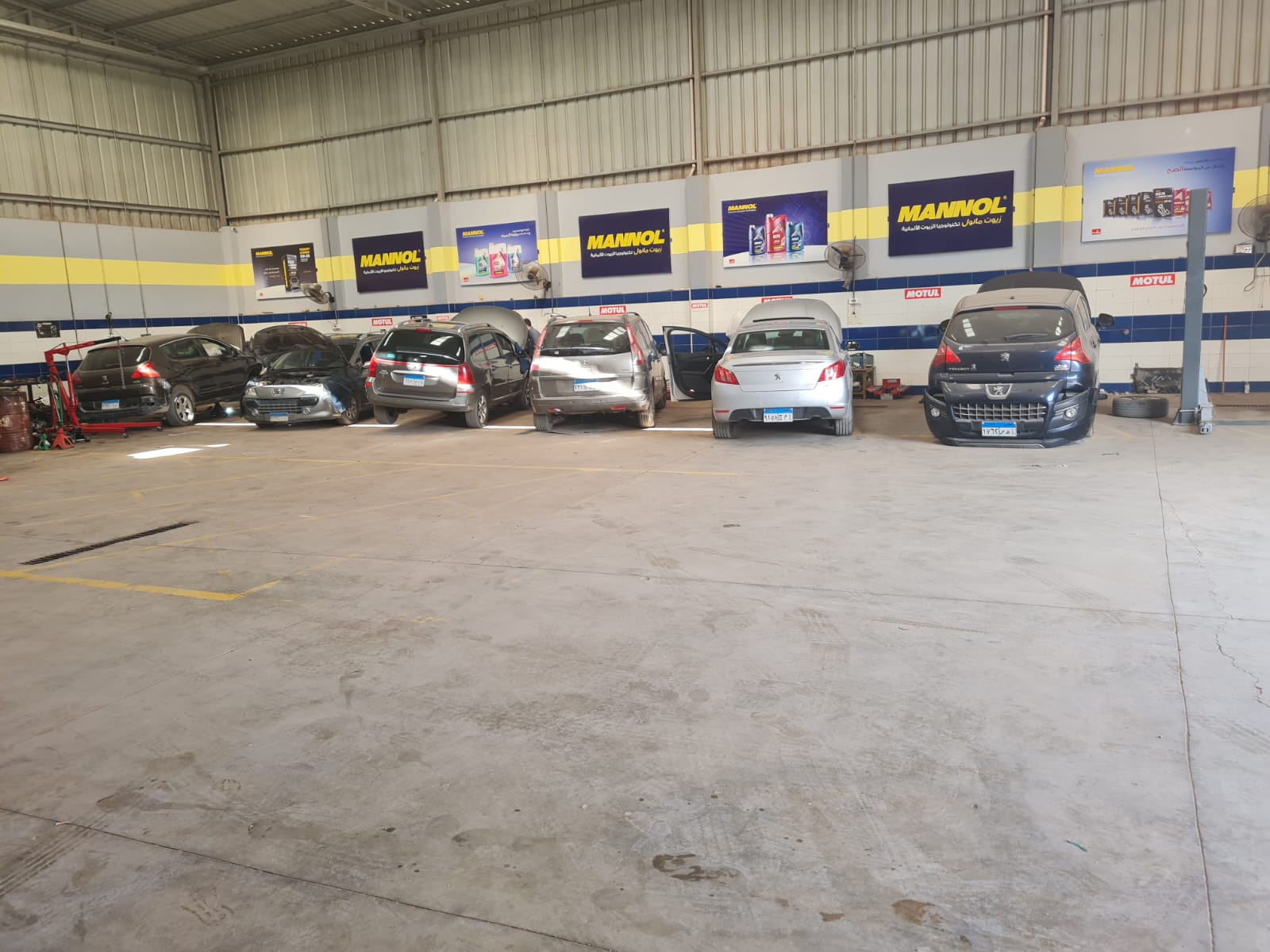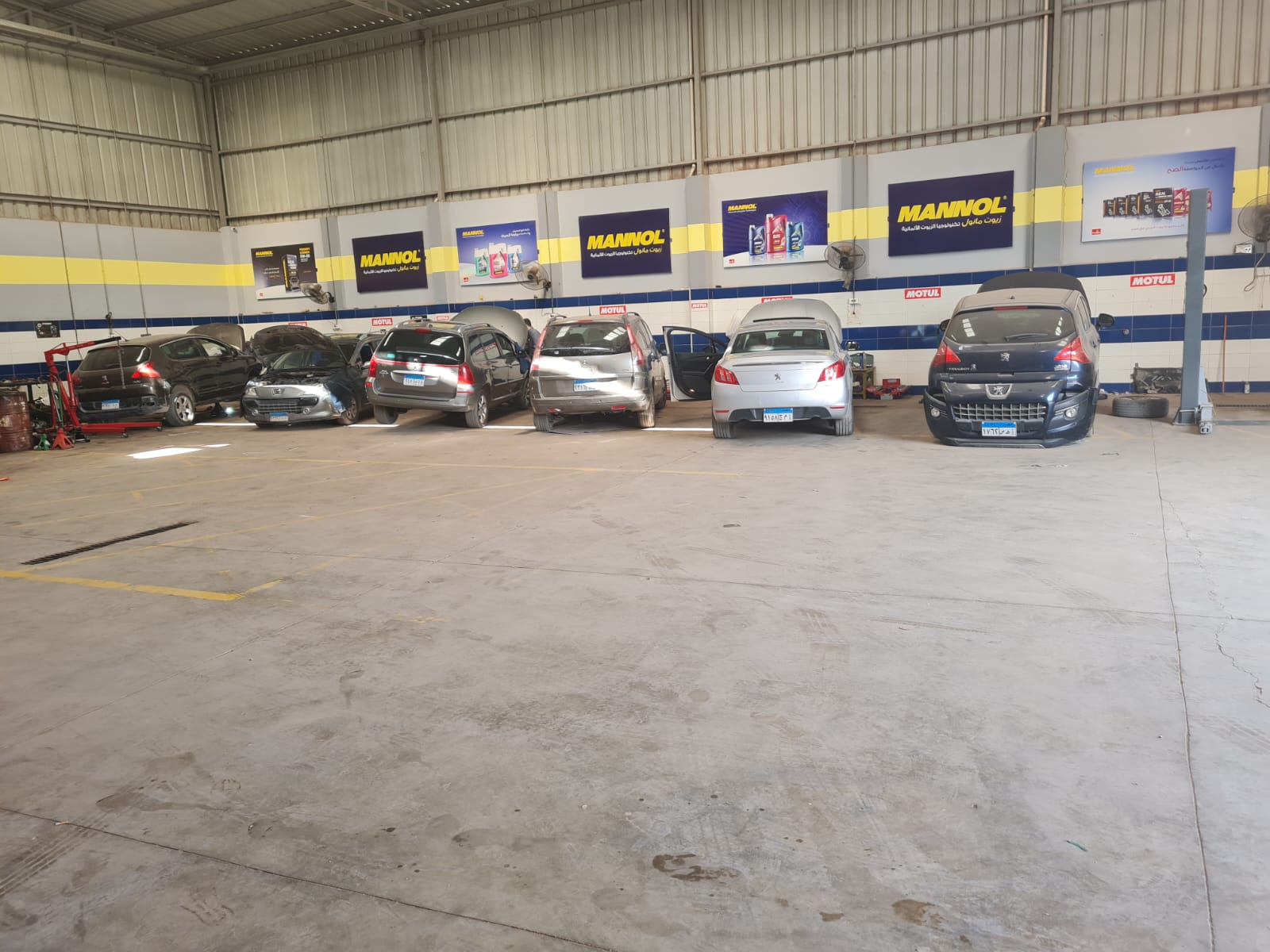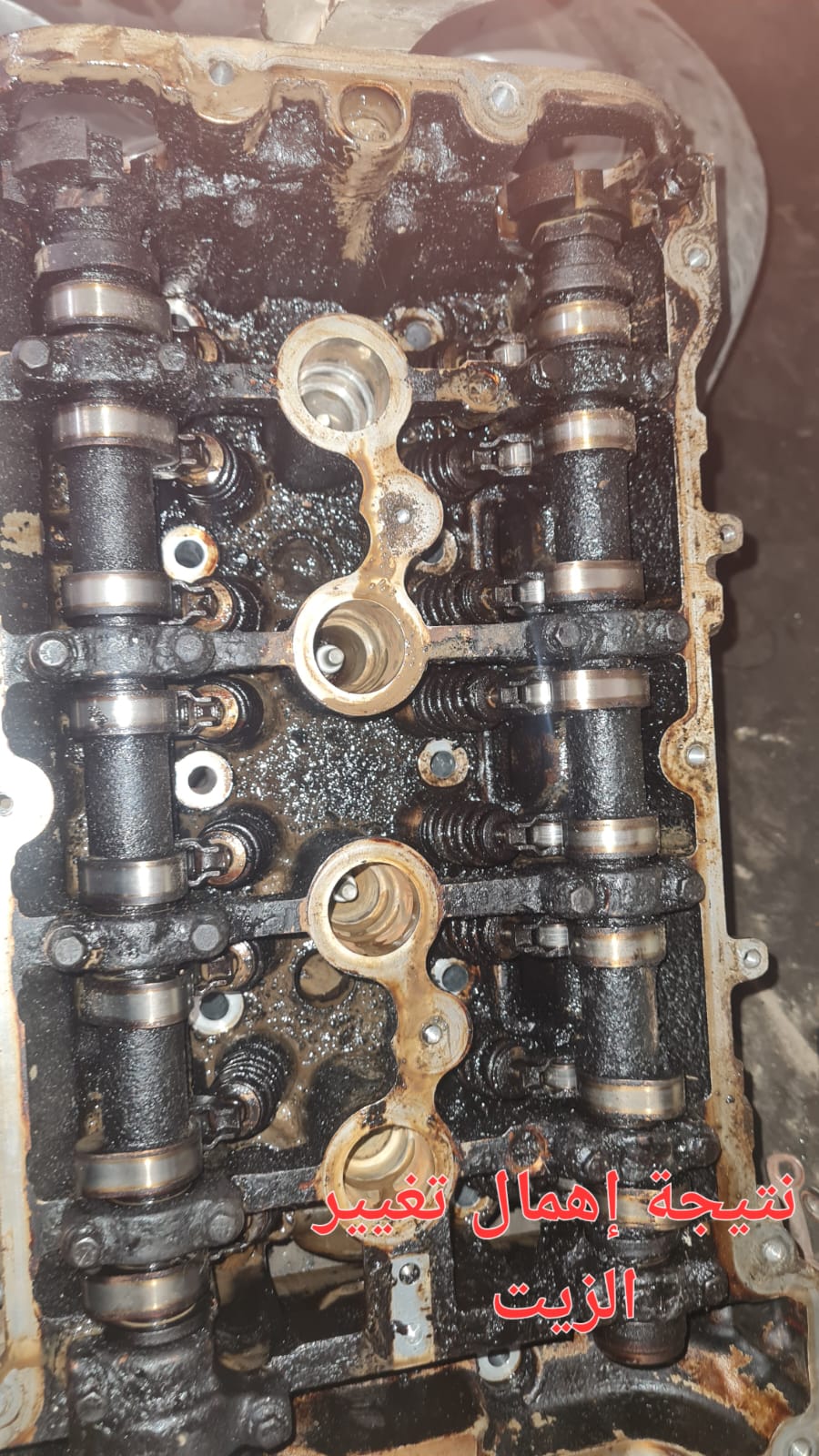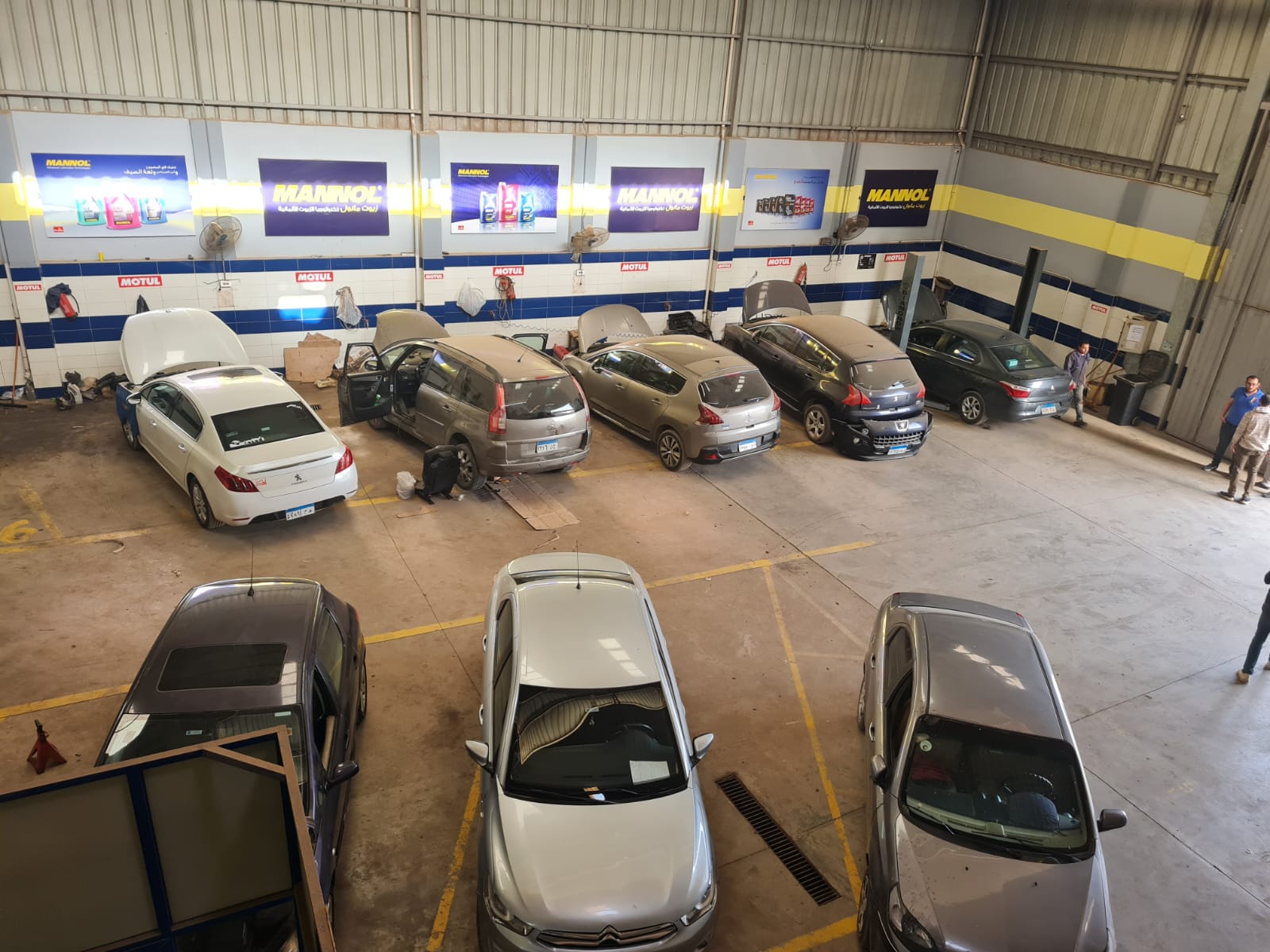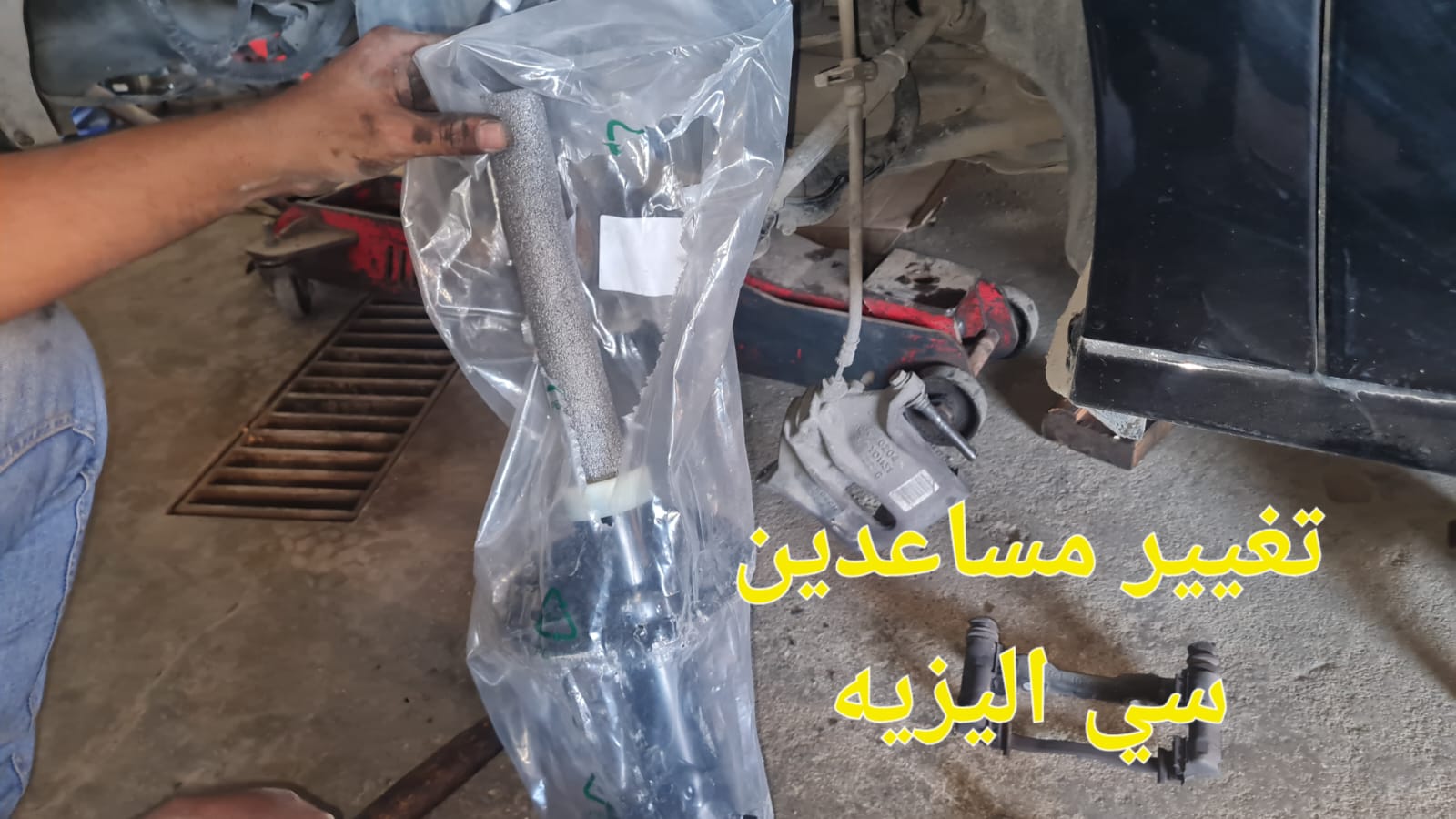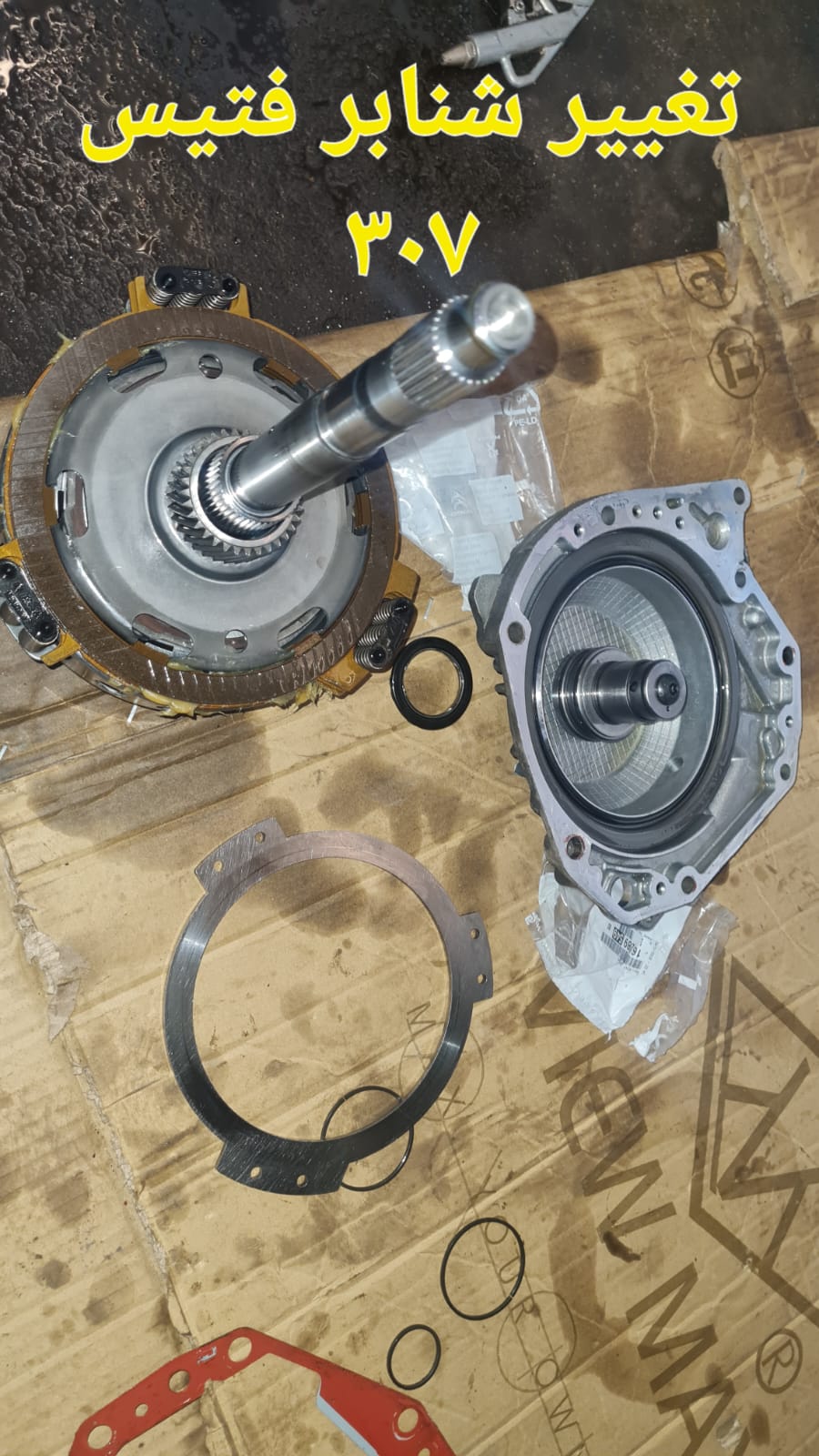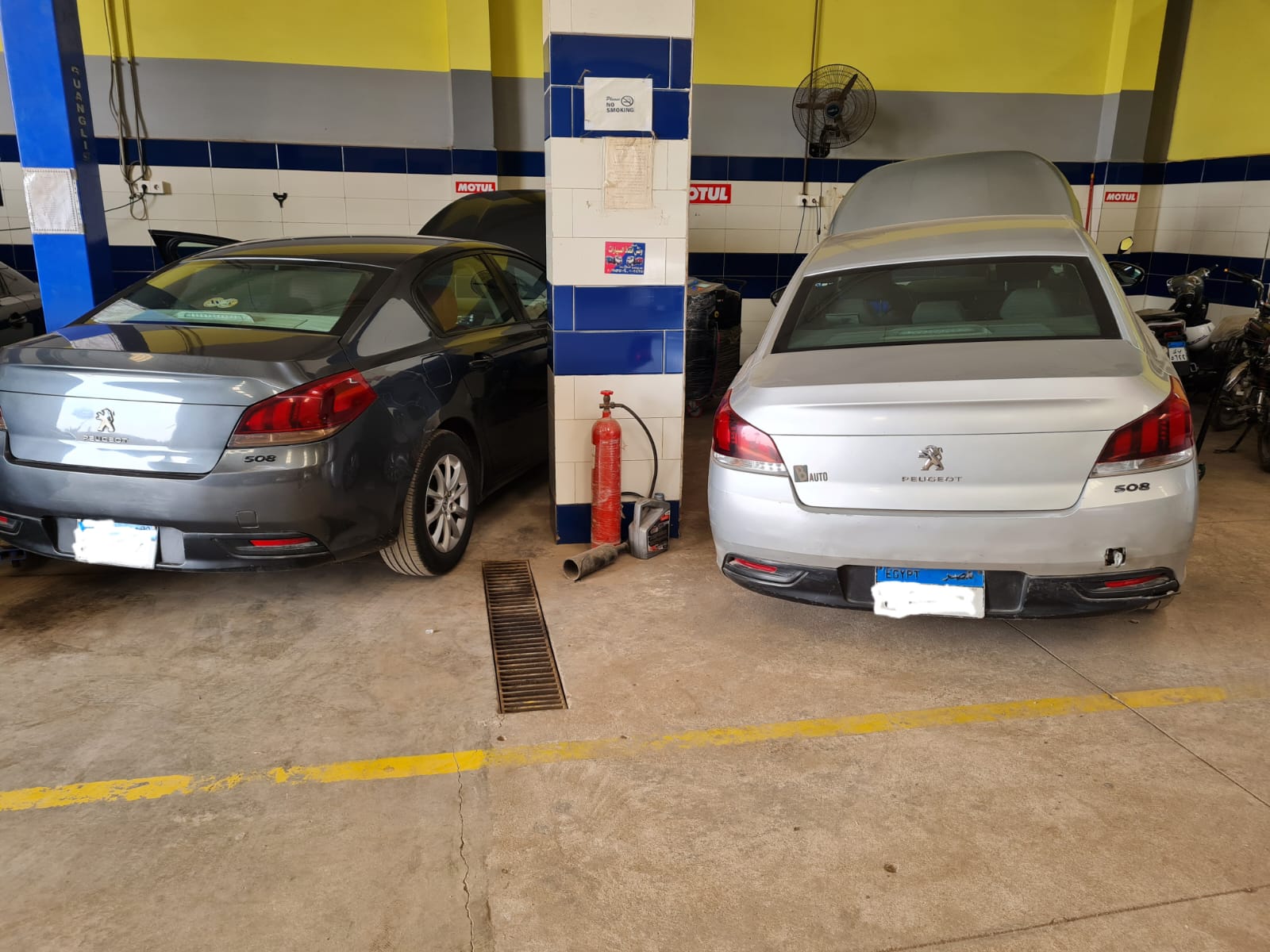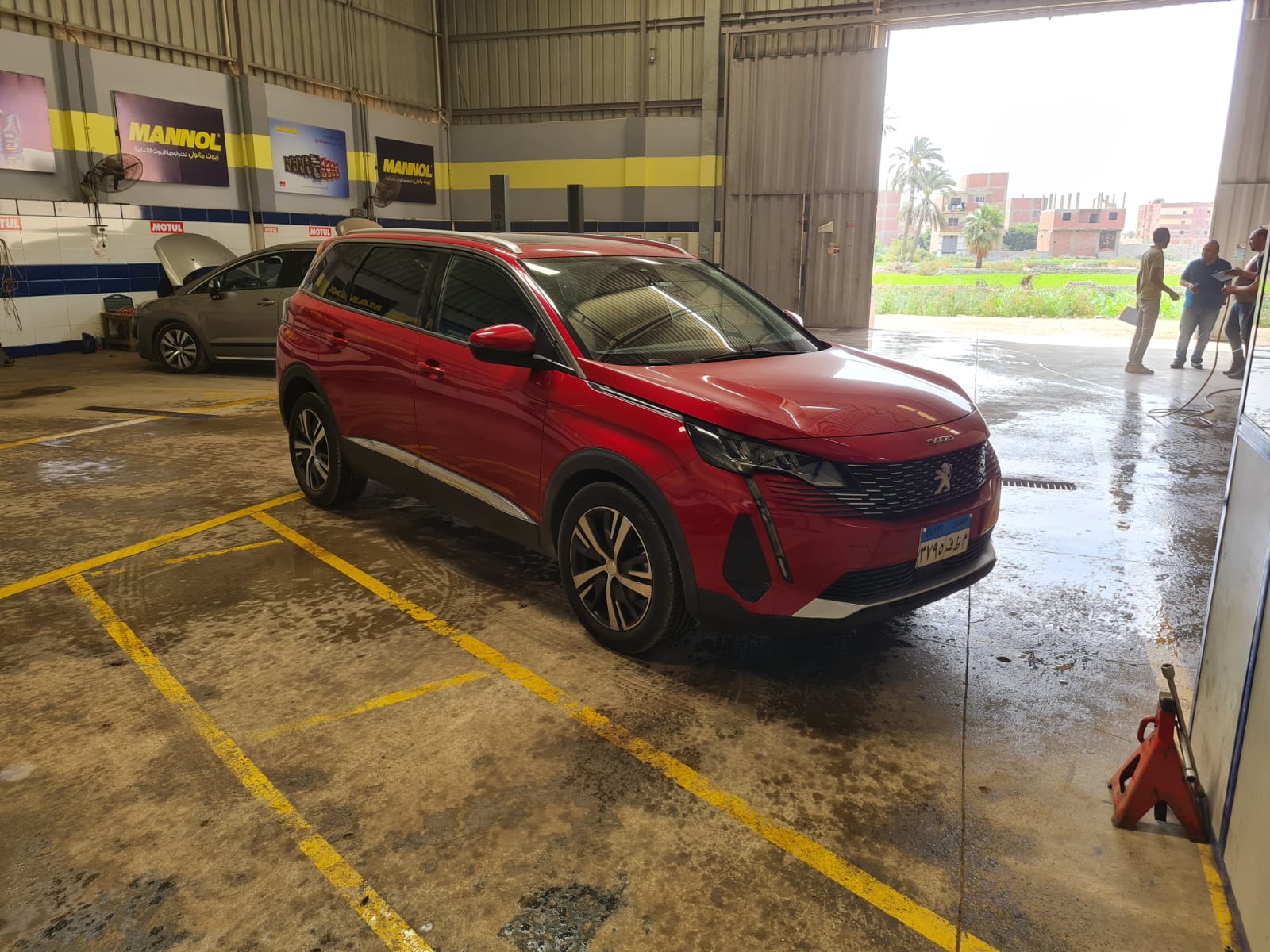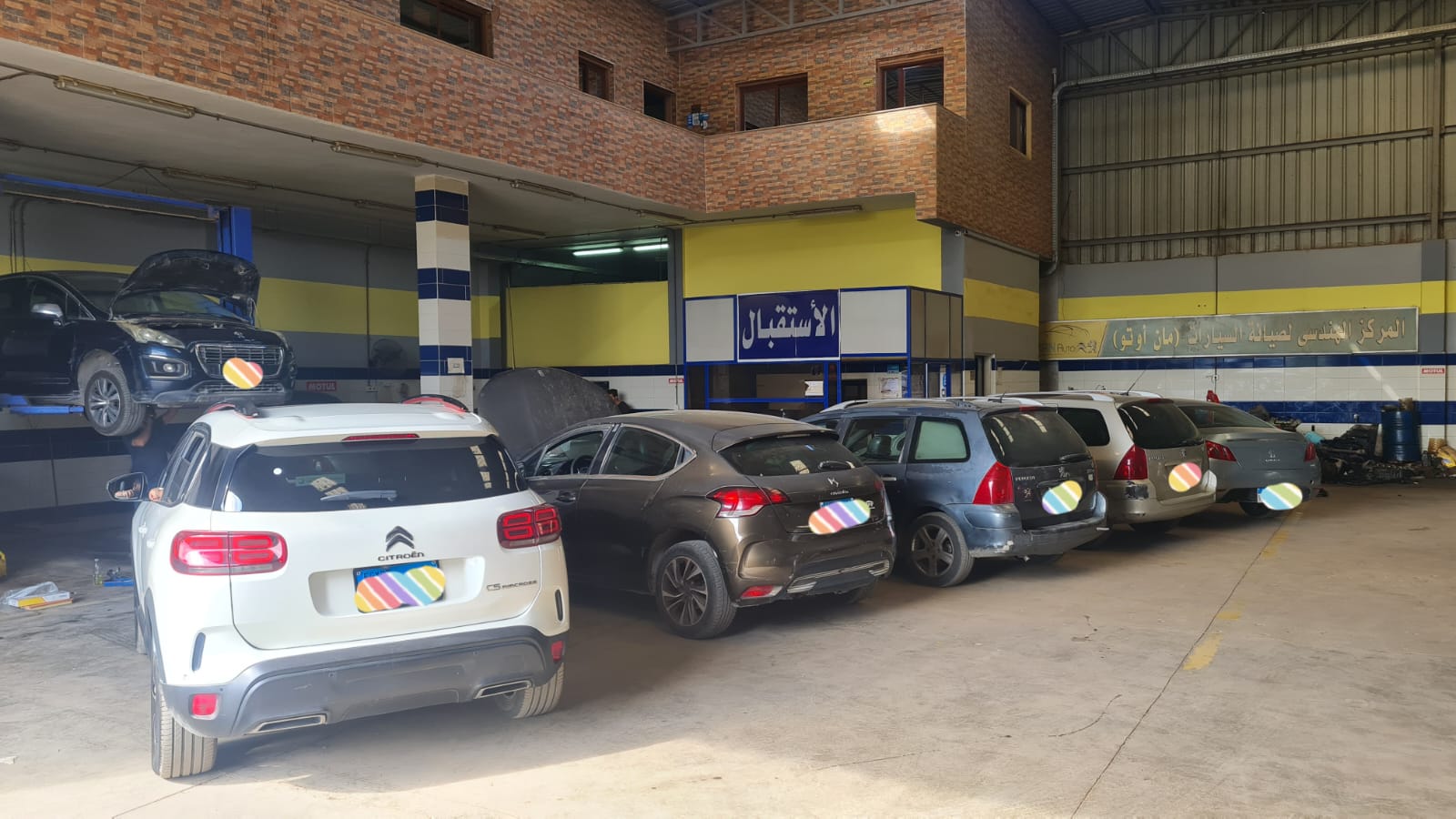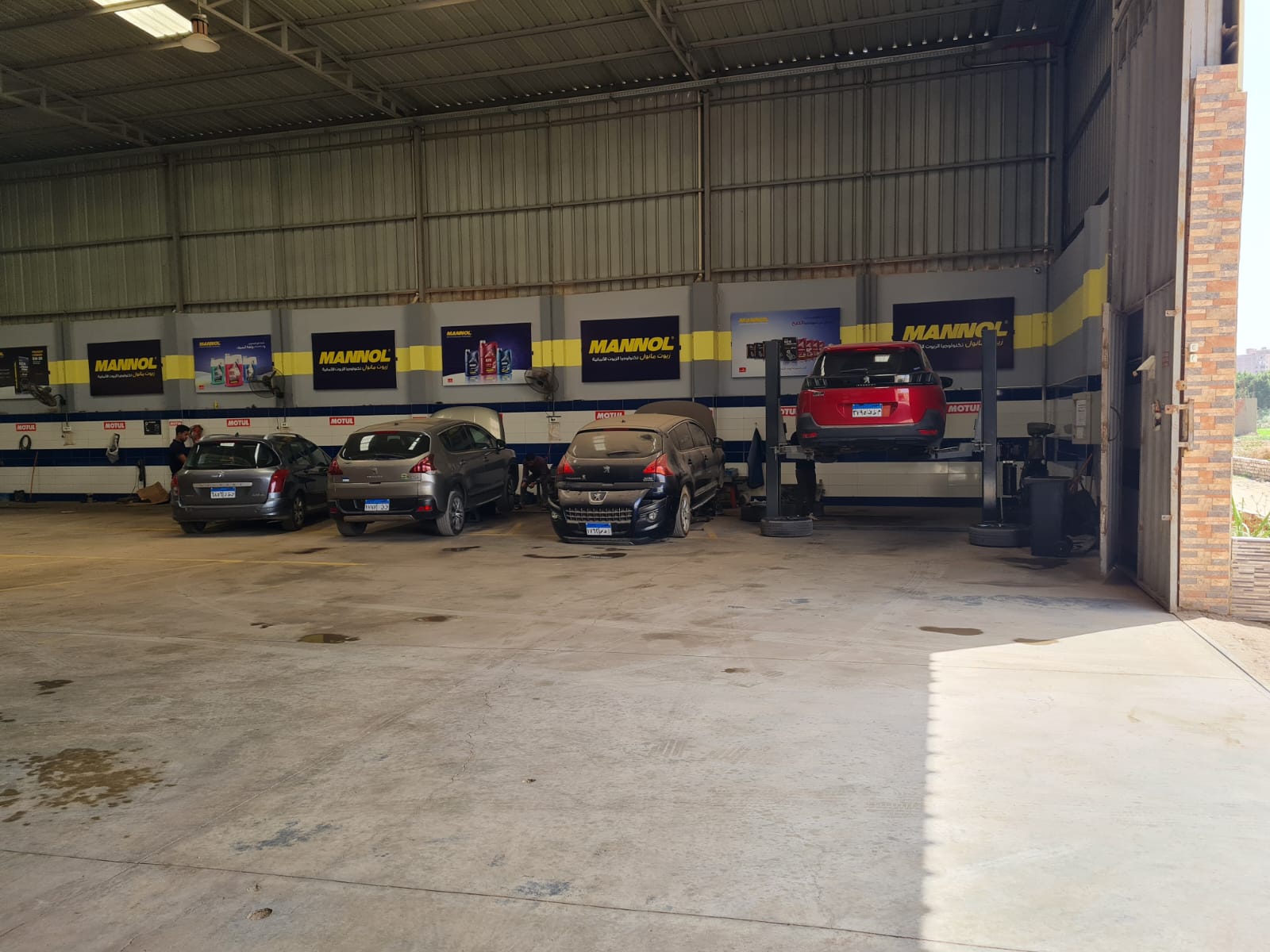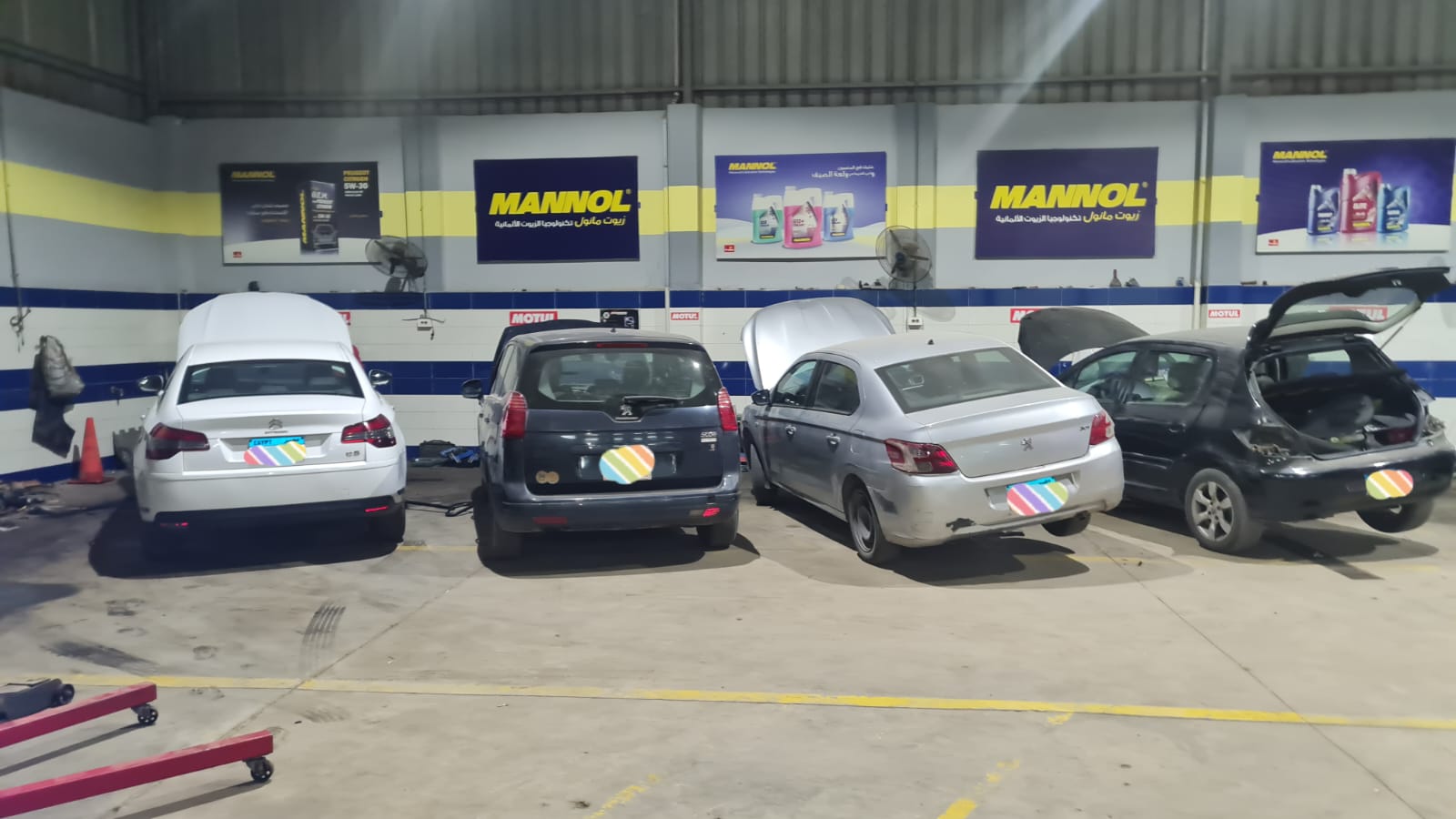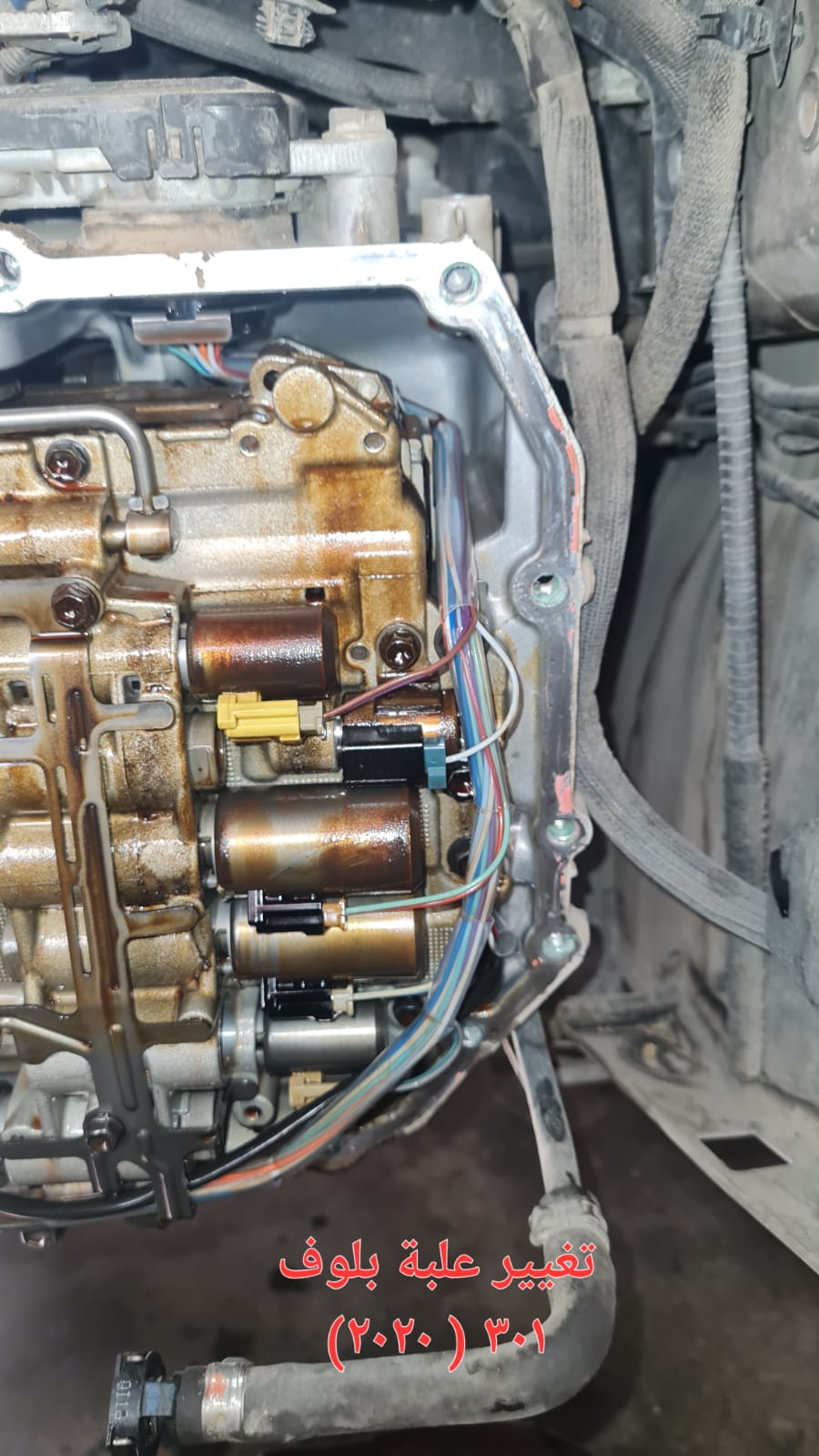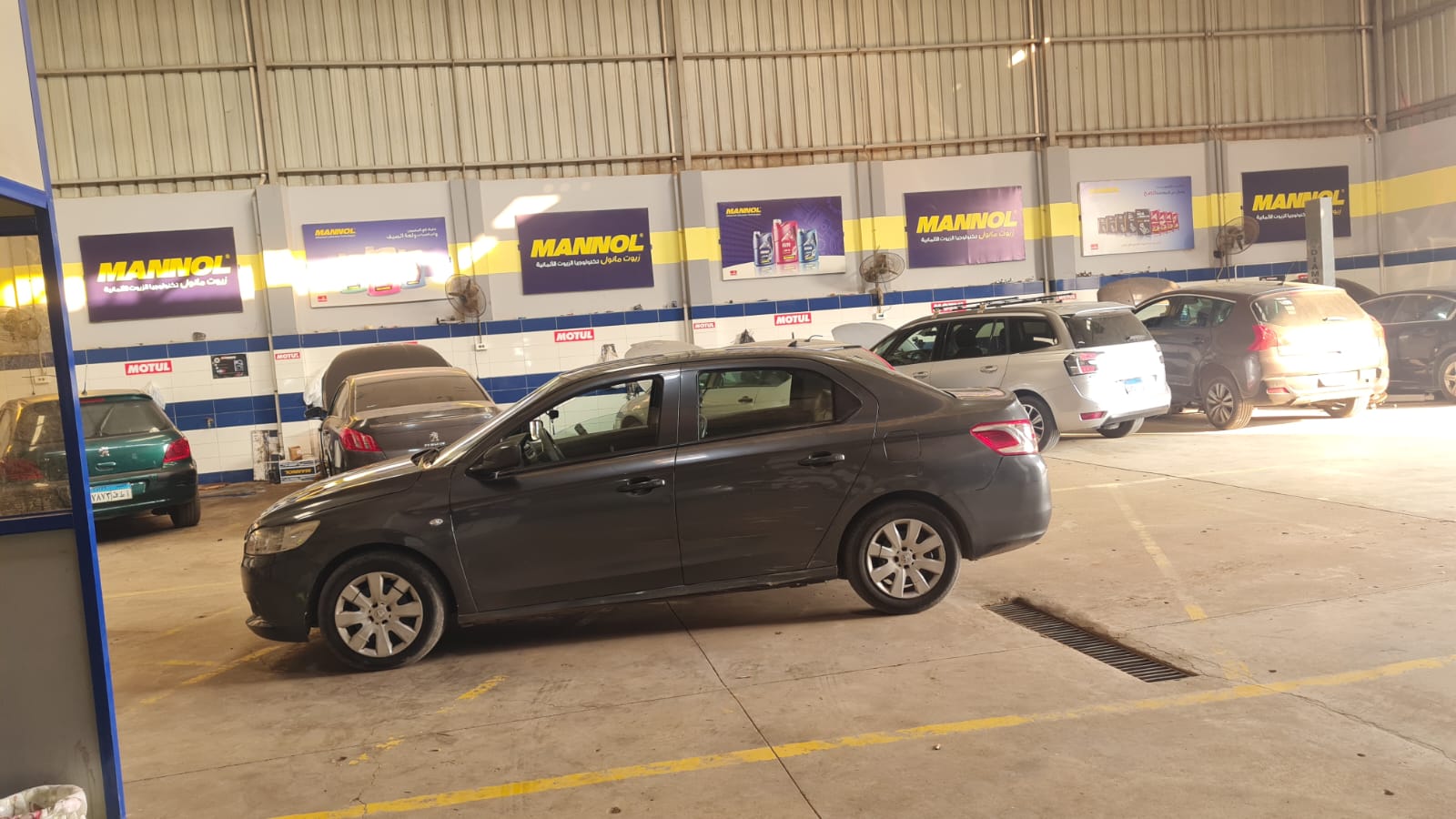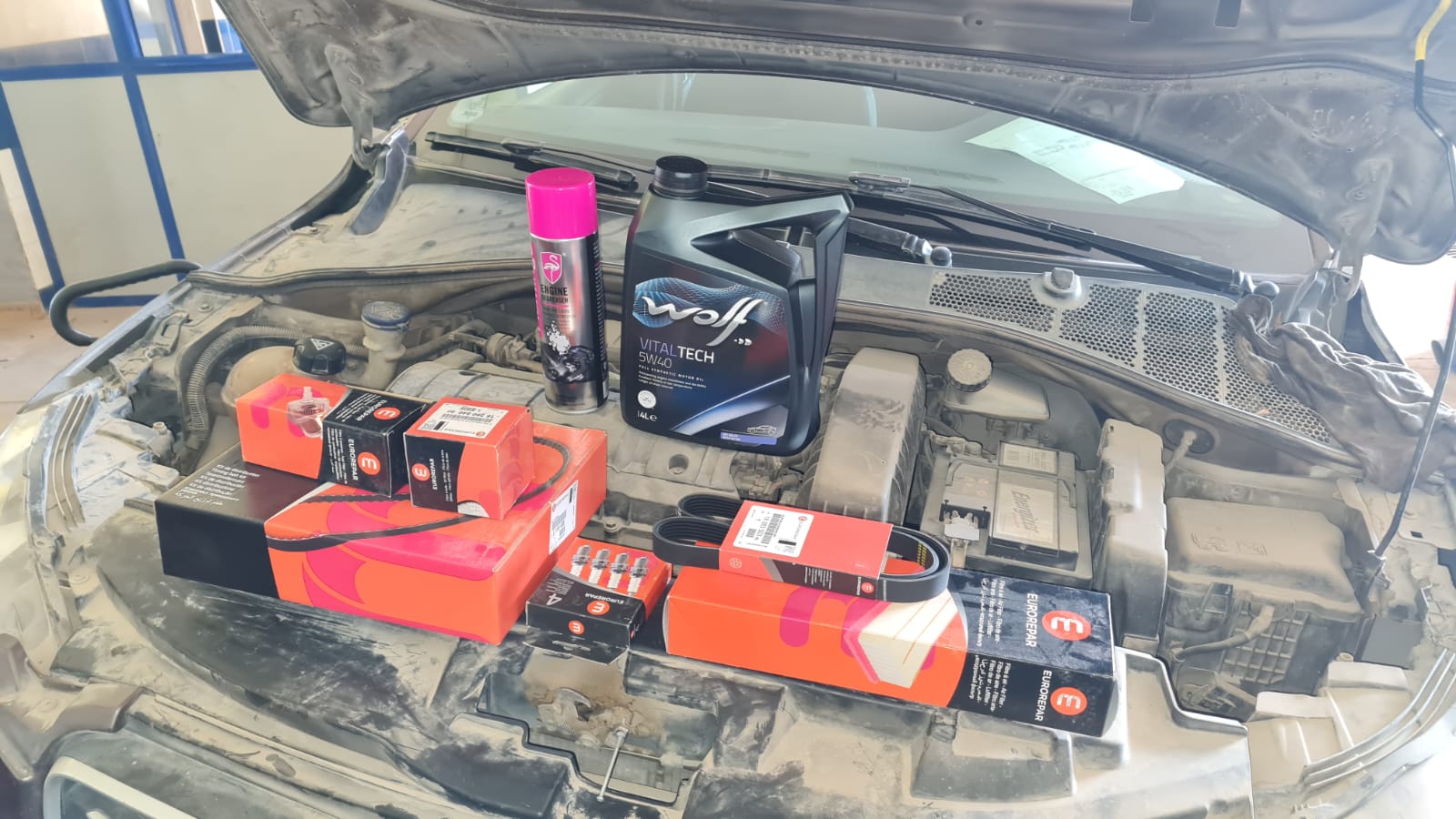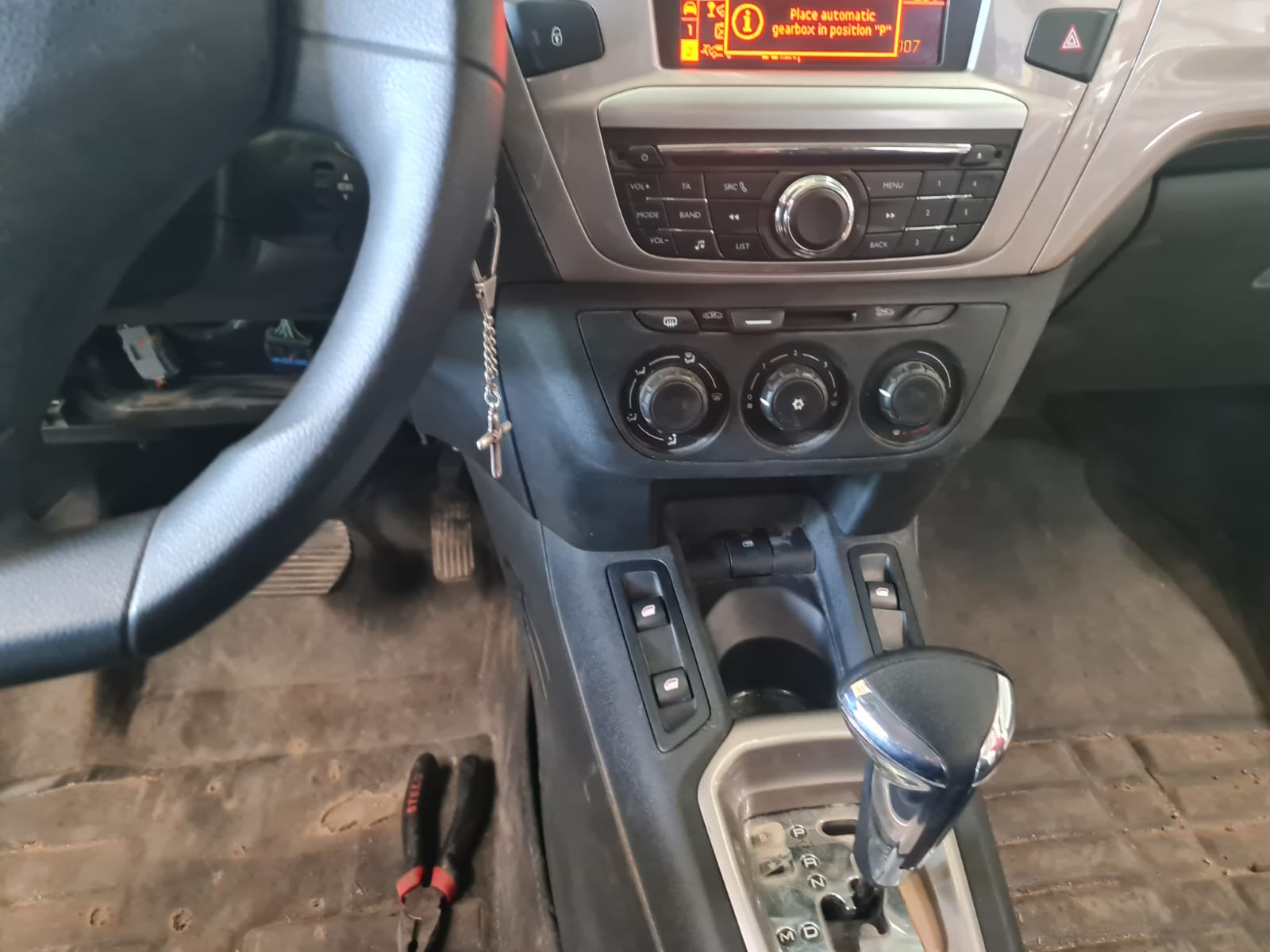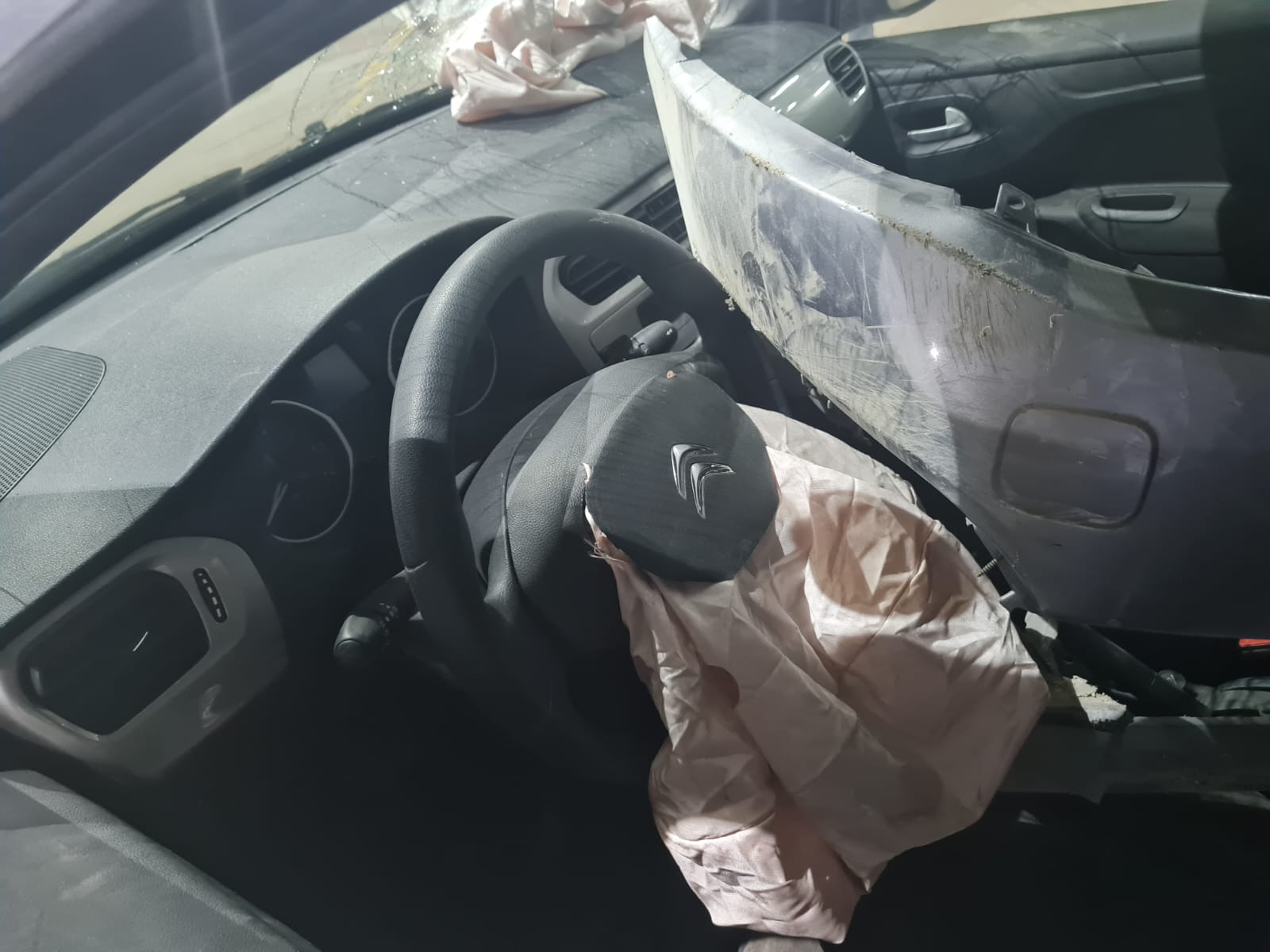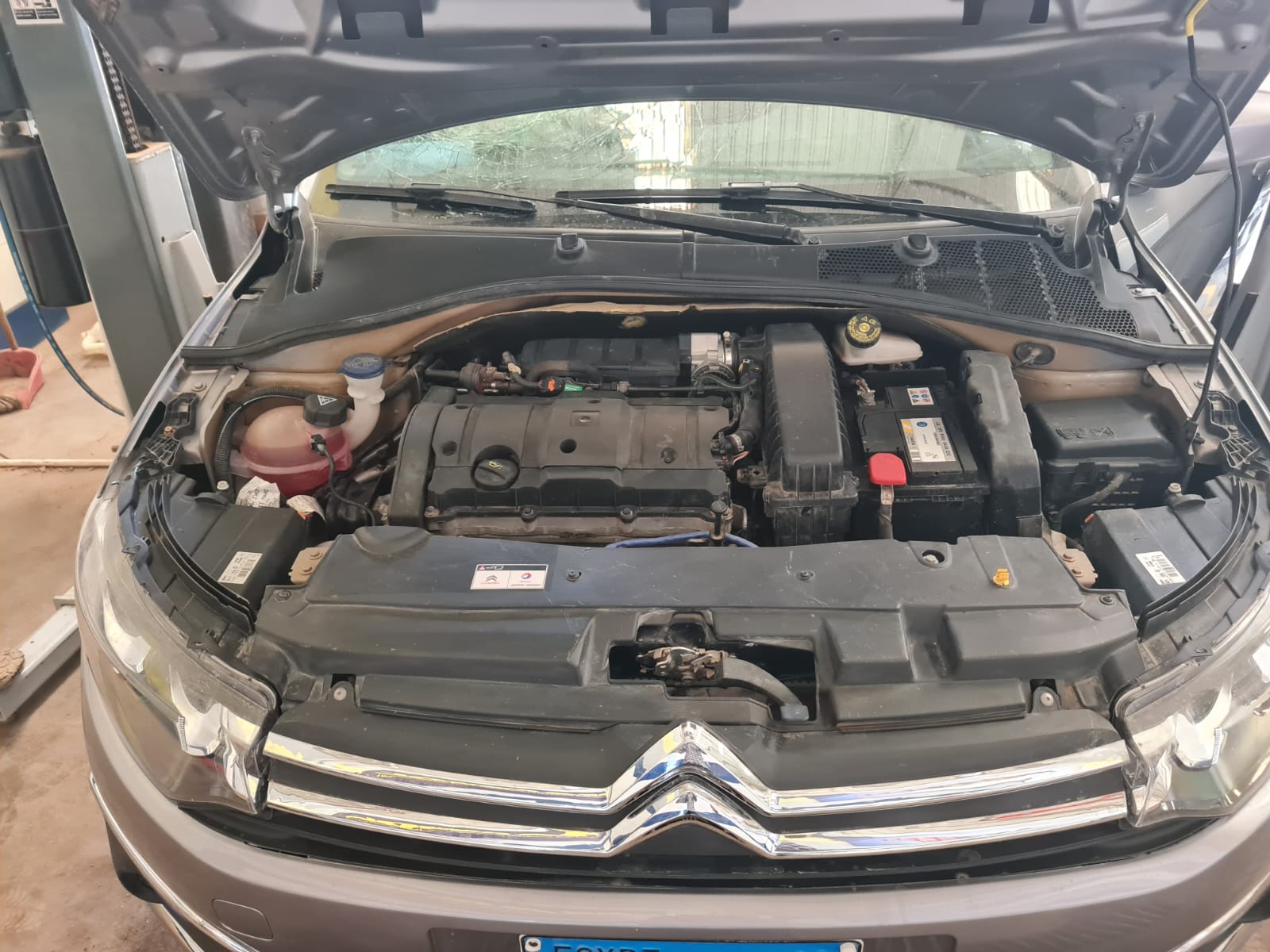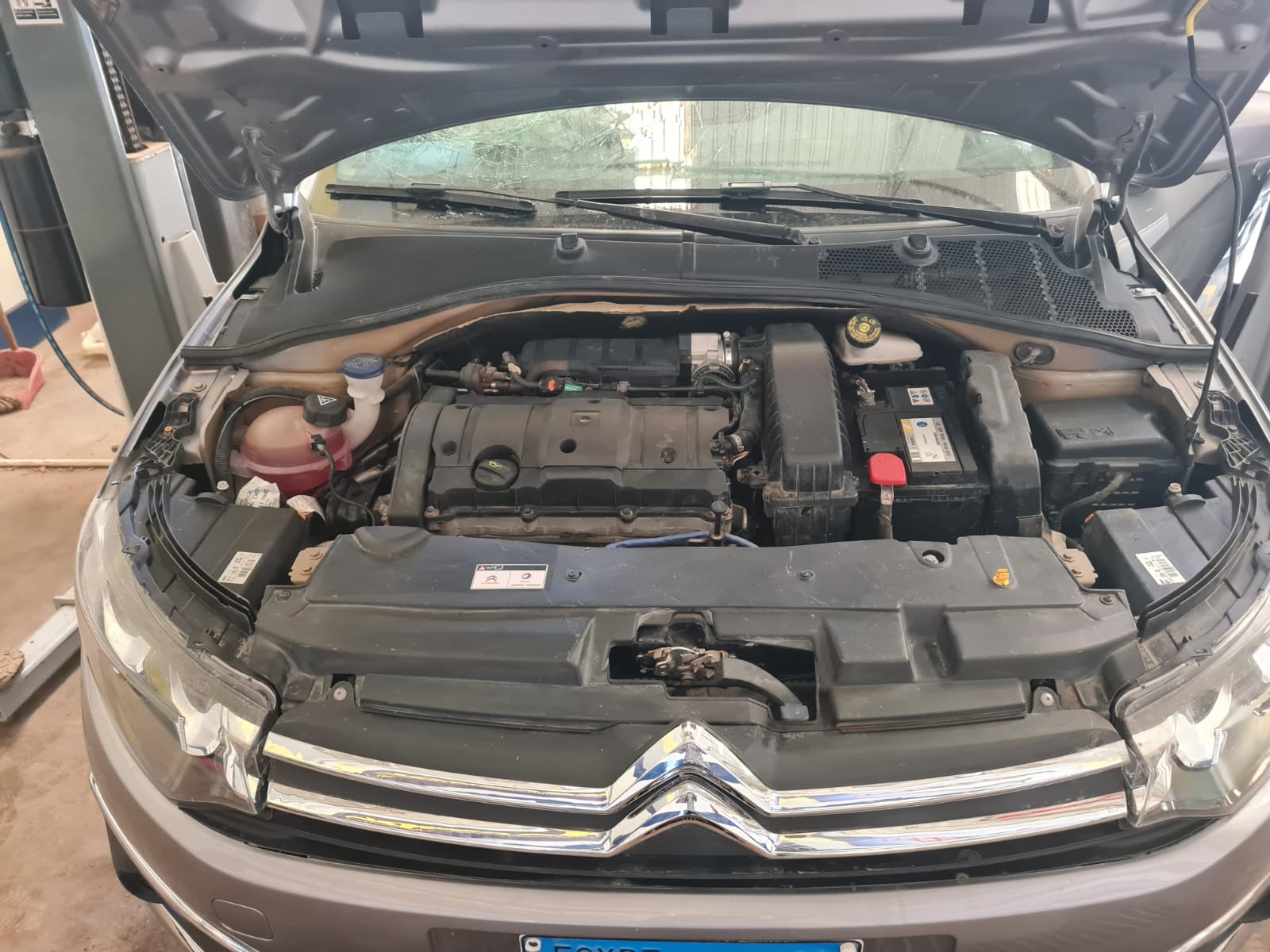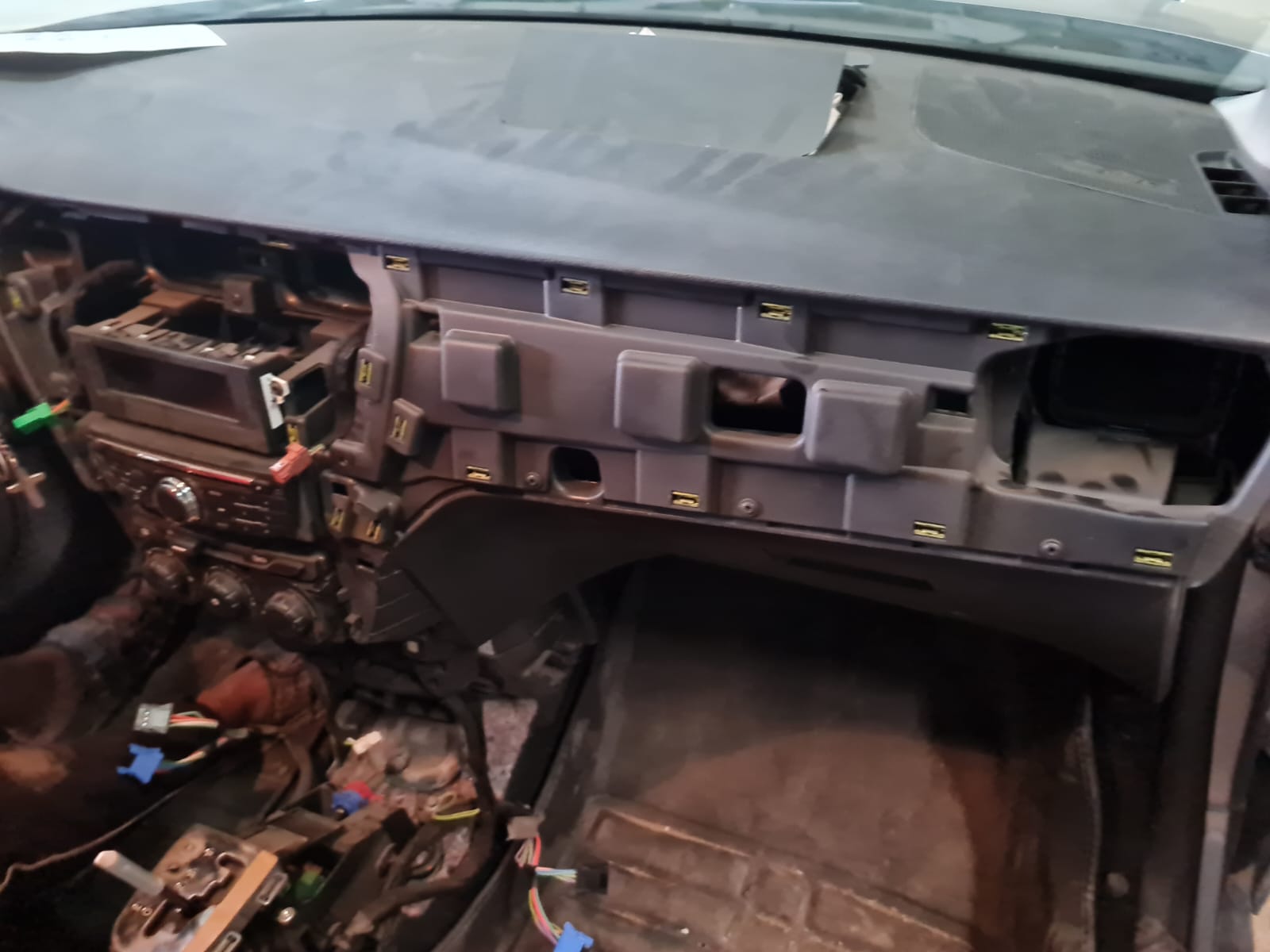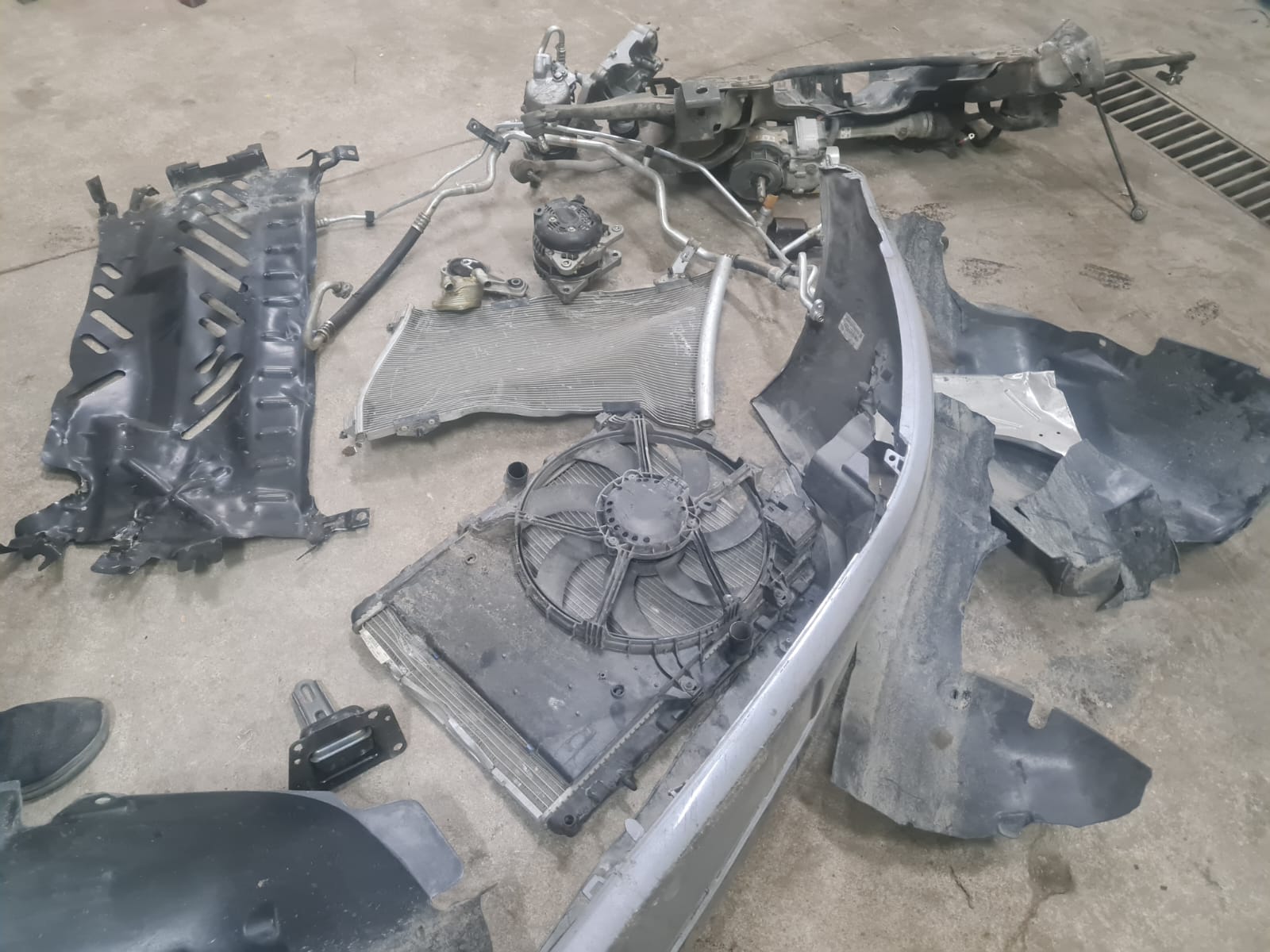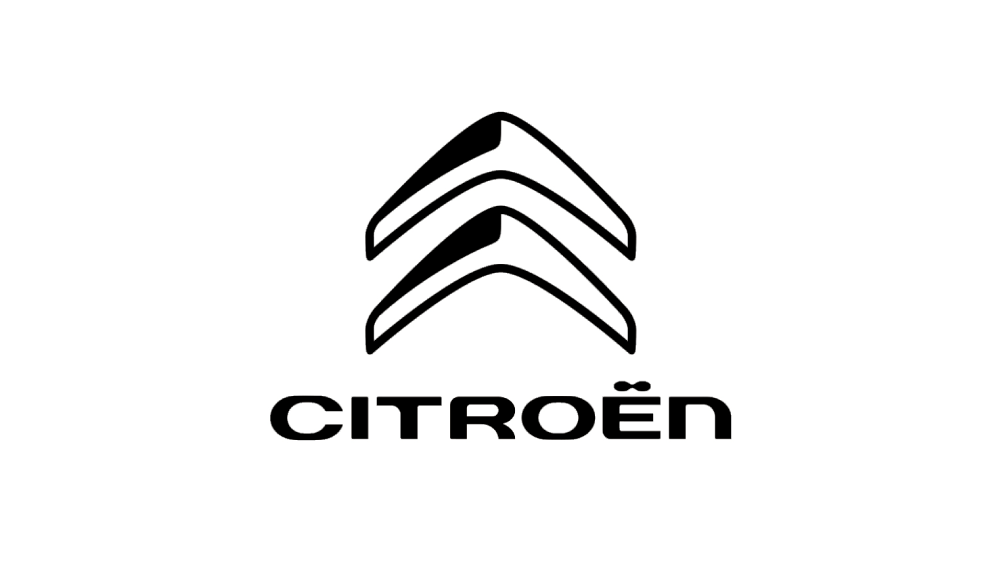
Citroën
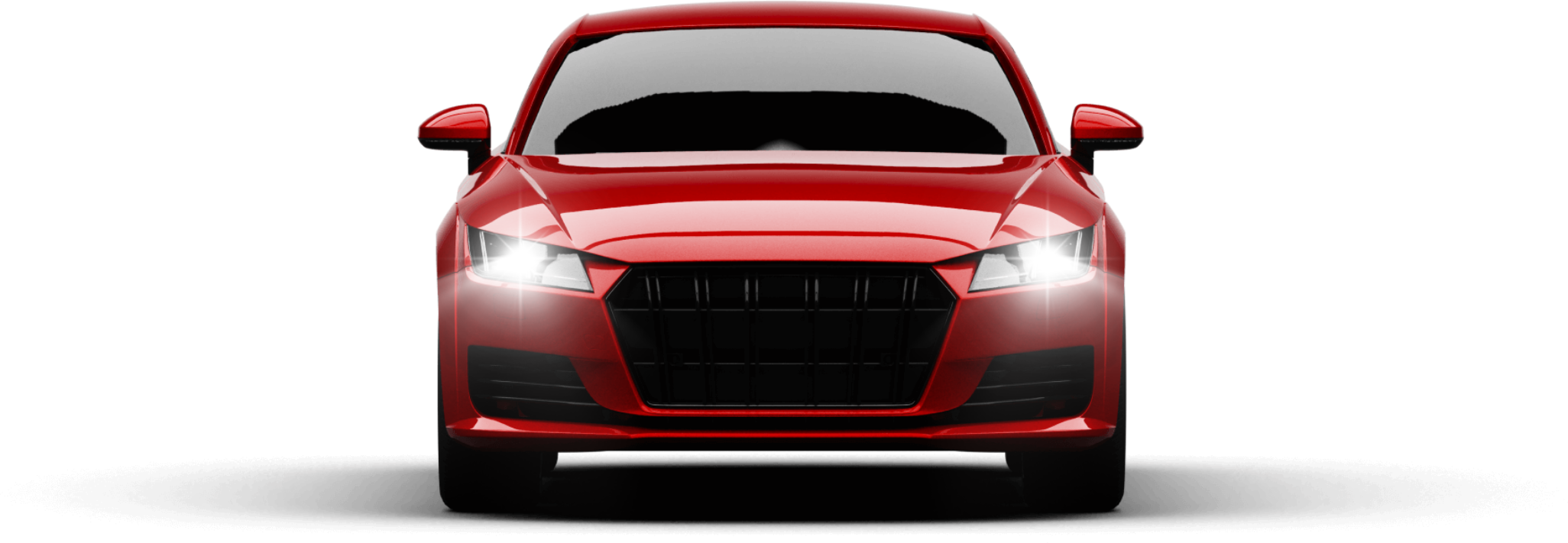
More than 20 years expereience

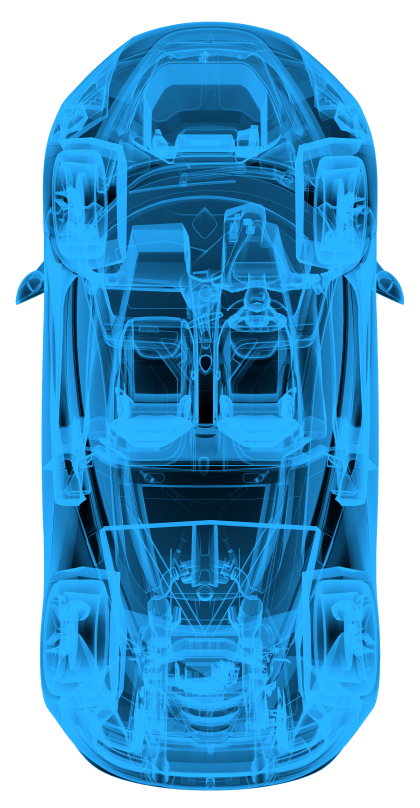
Citroën (French pronunciation: si.tʁɔ.ɛn) is a French automobile manufacturer. Founded in March 1919 by industrialist André-Gustave Citroën, it has been part of Stellantis since 1921.
In 1934, the company established its reputation for innovative technology with the front-wheel drive. It was the world’s first mass-produced car with front-wheel drive, four-wheel independent suspension, and monocoque construction, eliminating the separate chassis and instead using the car body itself as the main load-bearing structure.
In 1954, they produced the world’s first self-levelling “hydropneumatic” suspension system and then in 1955 the revolutionary DS, the first mass-produced car with modern disc brakes. In 1967, they introduced on many of their models rotating headlights that allowed greater visibility on winding roads; These cars have won numerous national and international awards, including three European Car of the Year awards.
Citroën has been selling cars in China since 1984, largely through the Dongfeng Peugeot Citroën joint venture, which is now a key market for the brand. In 2014, when Dongfeng Peugeot Citroën (abbreviated as PSA) ran into serious financial difficulties, Dongfeng Automobile took an ownership stake.
André Citroën had built weapons for France during World War I; after the war, he realised that unless he planned ahead he would have a modern factory without a product. Citroën was already experienced in the automotive business, thanks to a successful six-year stint with Morse between 1908 and the outbreak of war. The decision to move into car manufacturing was made as early as 1916, the year Citroën asked engineer Louis Dufresne, formerly with Panhard, to design a technically advanced 18HP car that he could use in his factory once peace returned. Long before this happened, he had revised his vision and decided (like Henry Ford) that the best postwar opportunities in the automobile industry would involve a lighter car of good quality, but in sufficient quantity to be attractively priced.
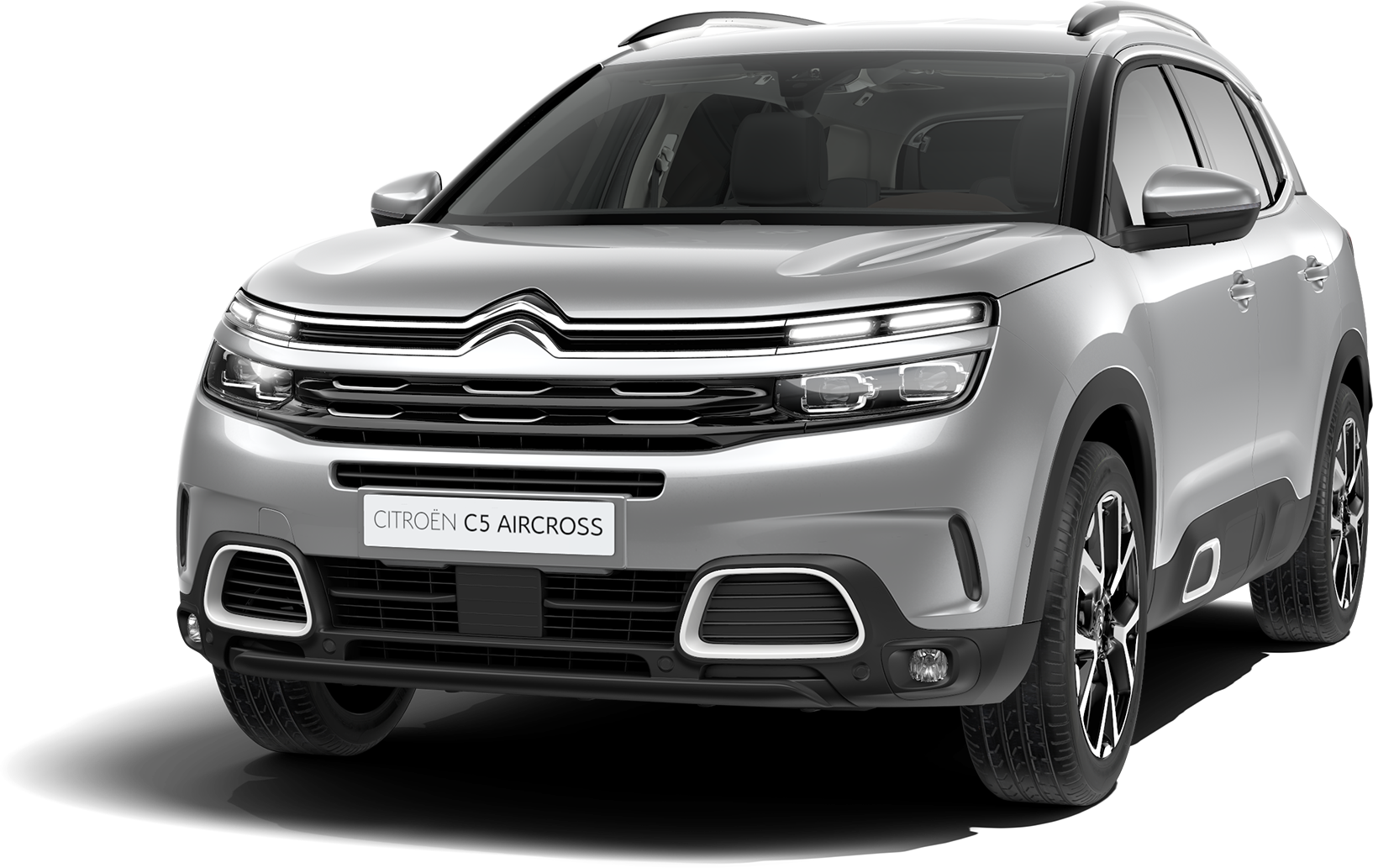
Citroen company
Citroën approached another engineer, Jules Solomon, who had a good reputation in the French automotive industry and had in 1909 built a small car called Le Zipper. André Citroën's mandate was both distinctively demanding and distinctively simple: to produce a completely new design for a 10 hp car that was better equipped, more powerful and less expensive to produce than any competing product at the time.
Citroen company
The result was the Type A, which was announced to the press in March 1919, just four months after the guns fell silent. The first production Type emerged from the factory at the end of May 1919 and in June was displayed in a showroom at number 42 on the Champs-Élysées in Paris, which normally sold Alda cars. Citroën persuaded Alda owner Fernand Charron to lend him the showroom, which is still in use today. Showroom C42 is where the company holds exhibitions and displays its vehicles and concept cars. A few years later, Charron was persuaded to become a major investor in the Citroën business
Citroen company
On July 7, 1919, the first customer took delivery of the new Citroën Type A 10HP. That same year, André Citroën briefly negotiated with General Motors for a proposed sale of Citroën. The deal was nearly done, but GM eventually decided that its management and capital would be overstretched by the takeover. Citroën thus remained independent until 1935.
Citroen company
Citroën produced half-track vehicles for military and off-road use, using the Kegres track system. In the 1920s, the US Army purchased several Citroën Kegres for evaluation followed by a license to produce them. This led to the Army Ordnance Department building a prototype in 1939. In December 1942, it went into production with the M2 half-truck and M3 half-truck versions.
Citroen company
The United States eventually produced over 41,000 vehicles in over 70 versions between 1940 and 1944. After their occupation of France in 1940, the Nazis captured many Citroën half-track vehicles and repurposed them for their own use.
Citroen company
The Eiffel Tower served as a billboard for Citroën from 1925 to 1934 Mr. Citroën was an enthusiastic marketer: he used the Eiffel Tower as the largest advertising sign in the world, as recorded in the Guinness Book of Records. He also sponsored expeditions to Asia with the Cruz Jean, North America with the Cruz Blanche and Africa with the Cruz Noir, demonstrating the potential of motor vehicles equipped with a Kegress track system to cross inhospitable regions. These expeditions transported scientists and journalists.
